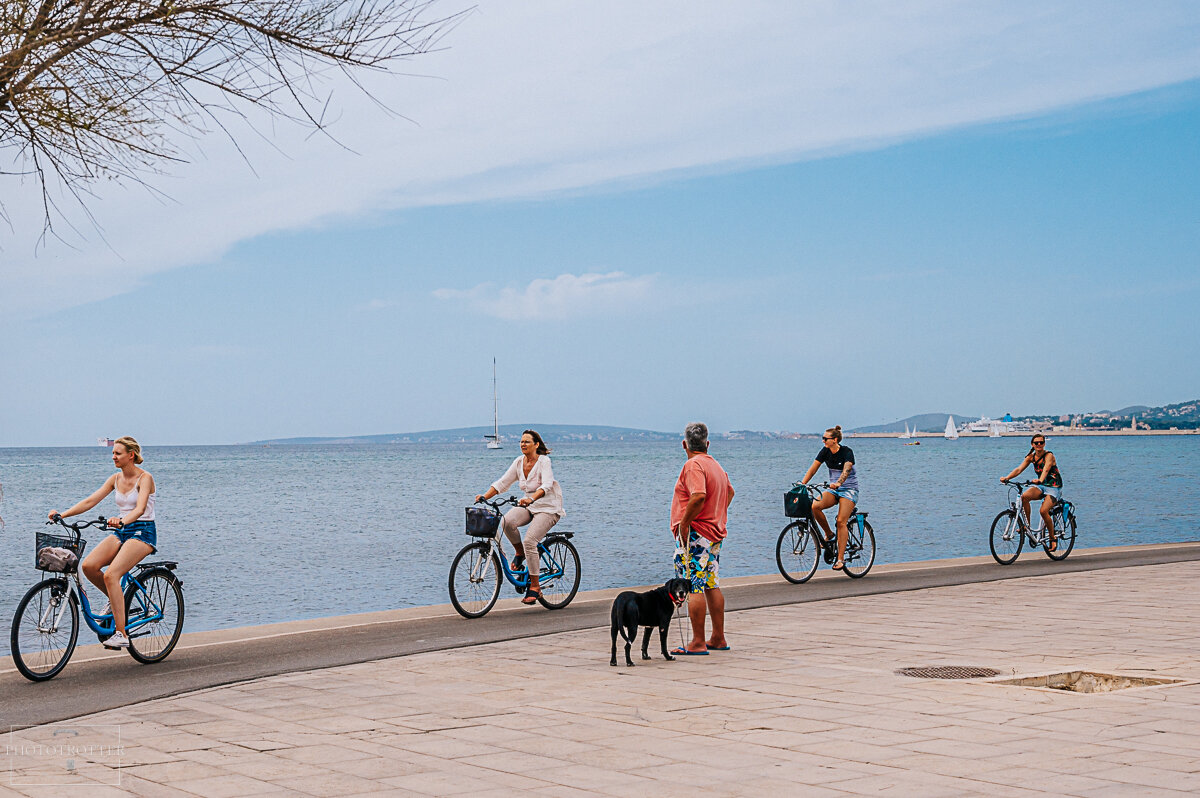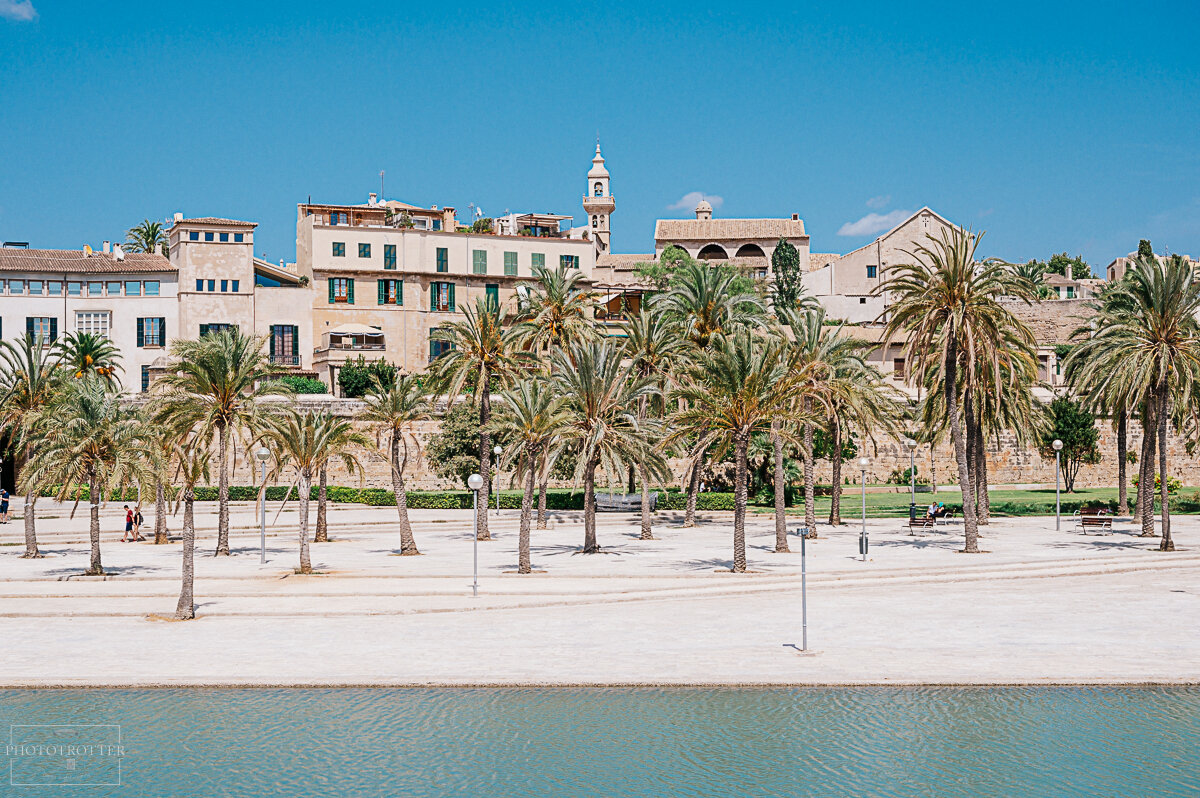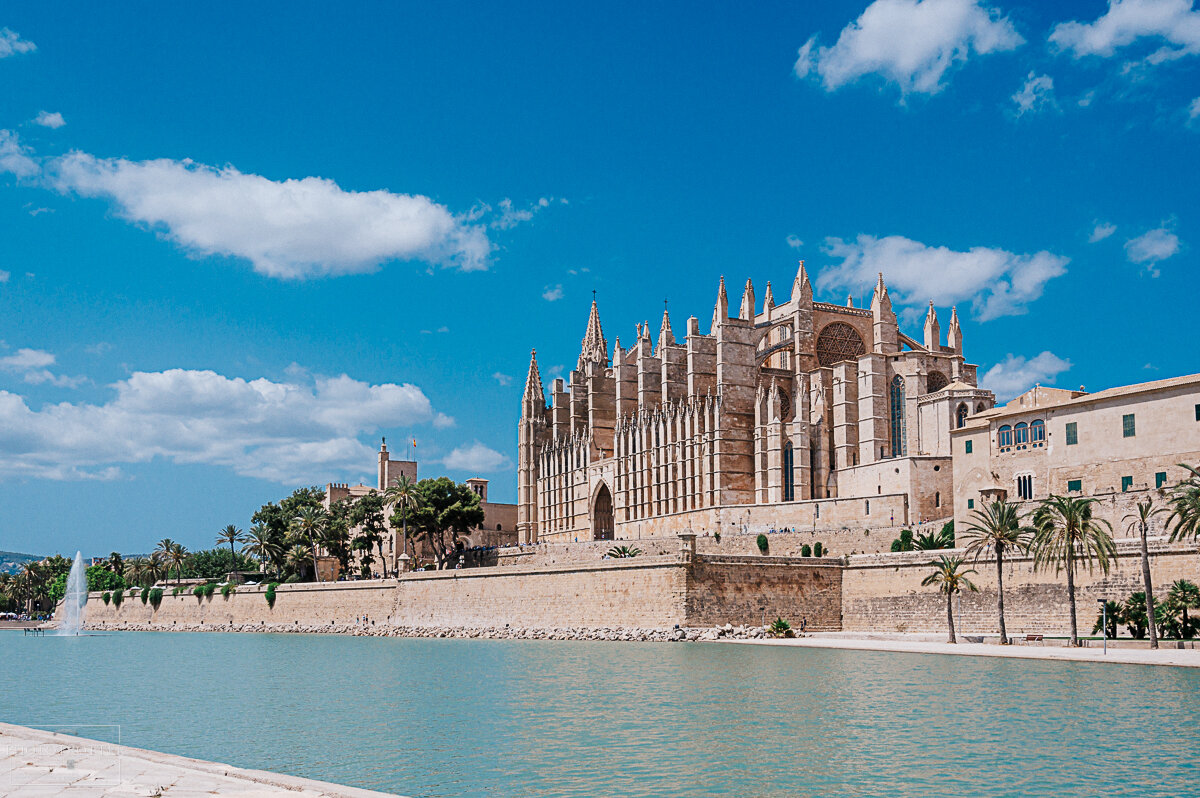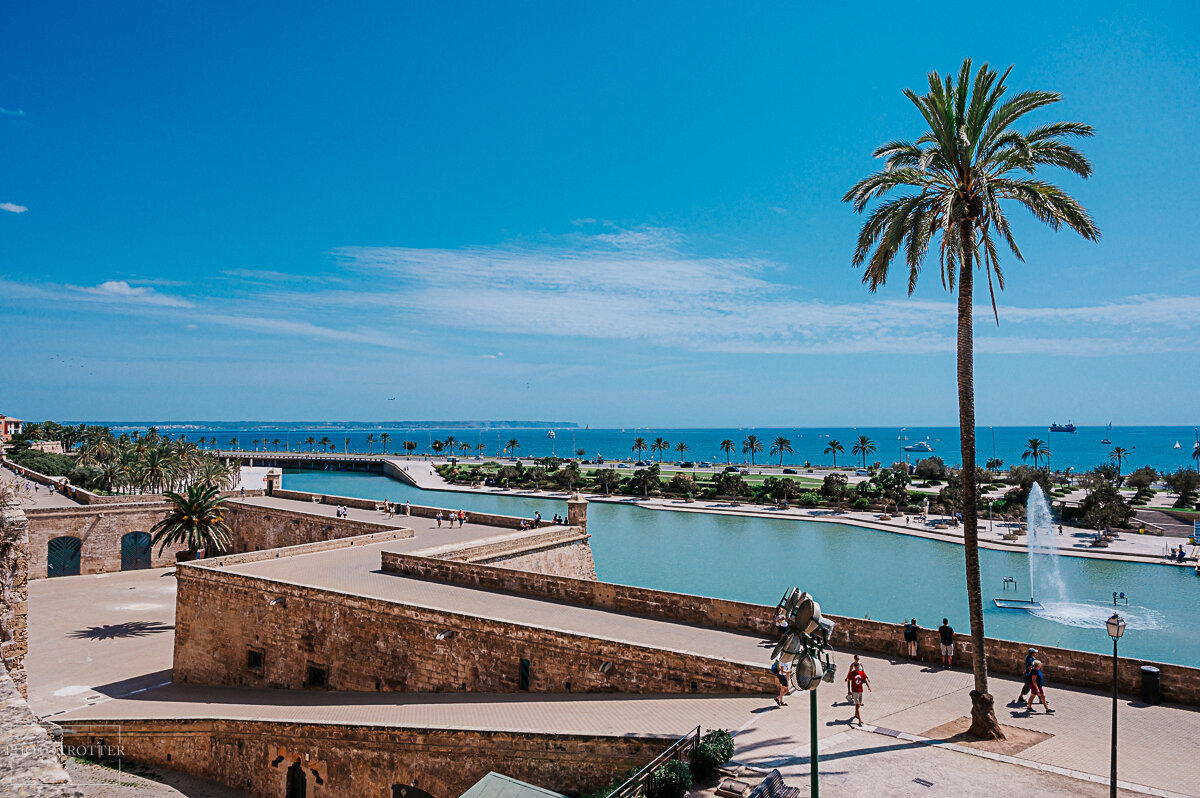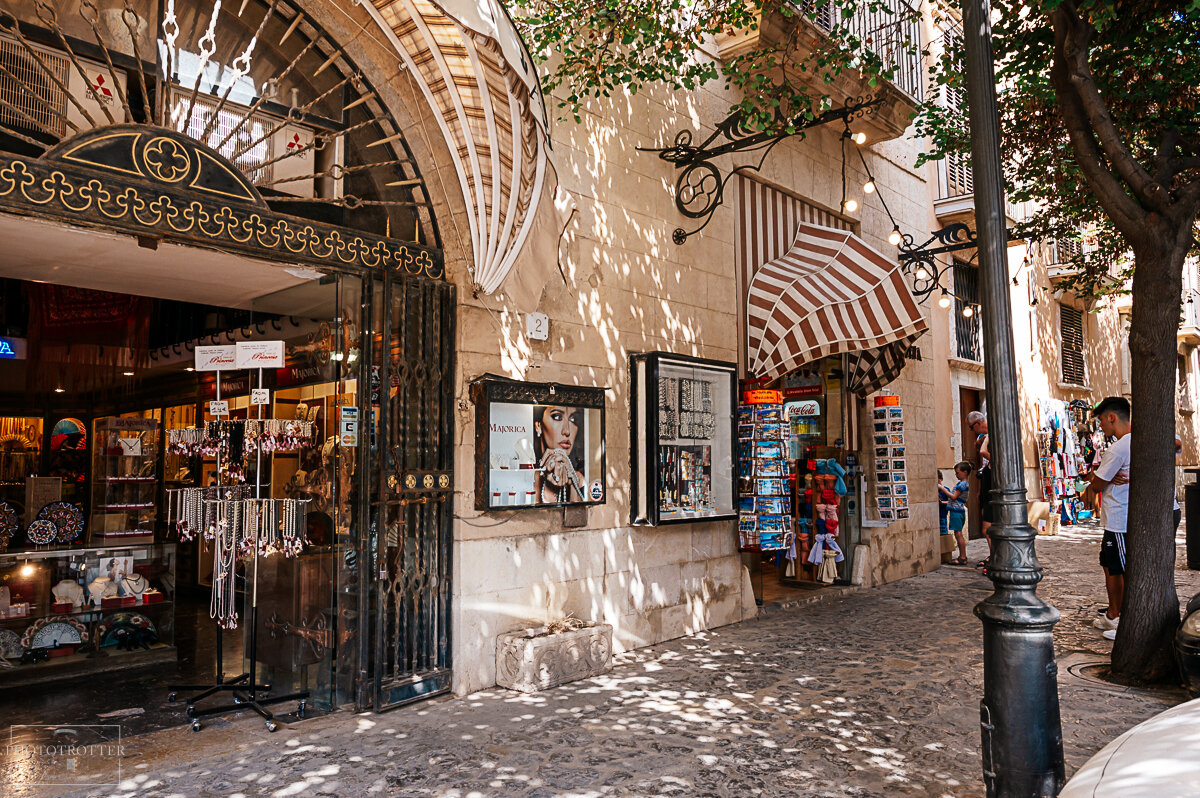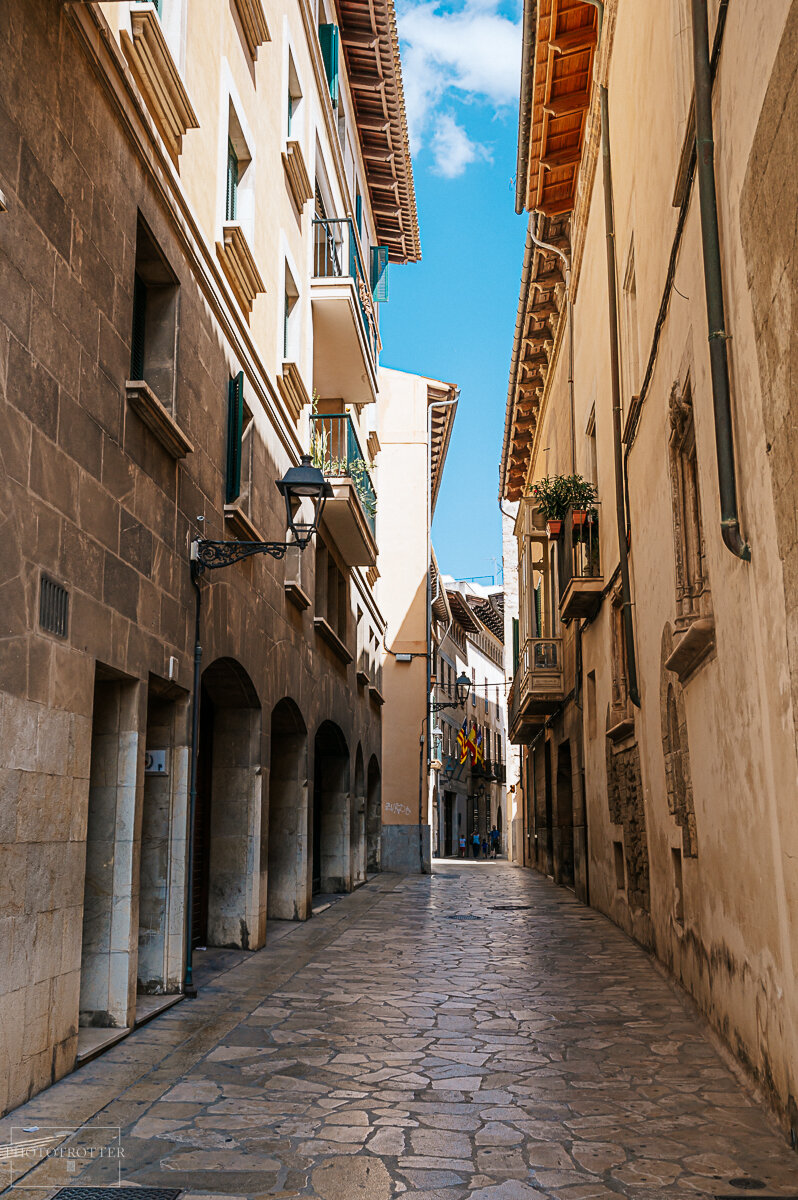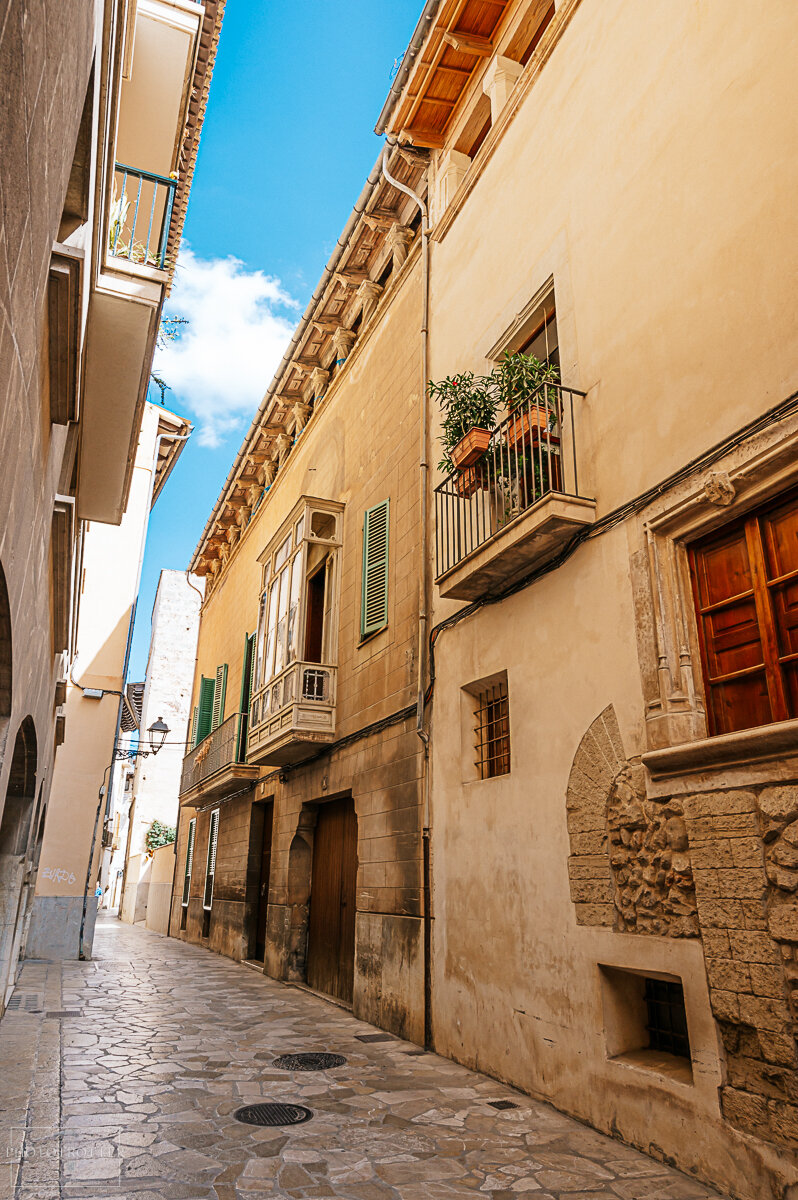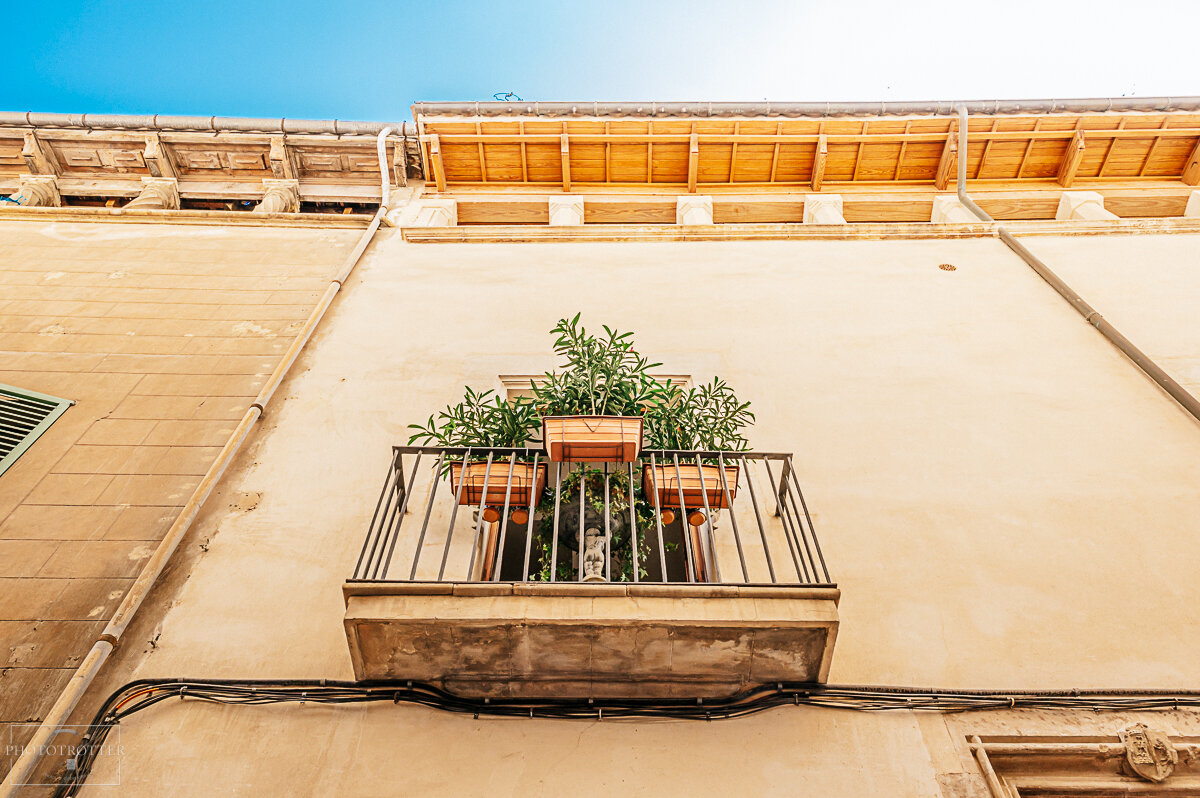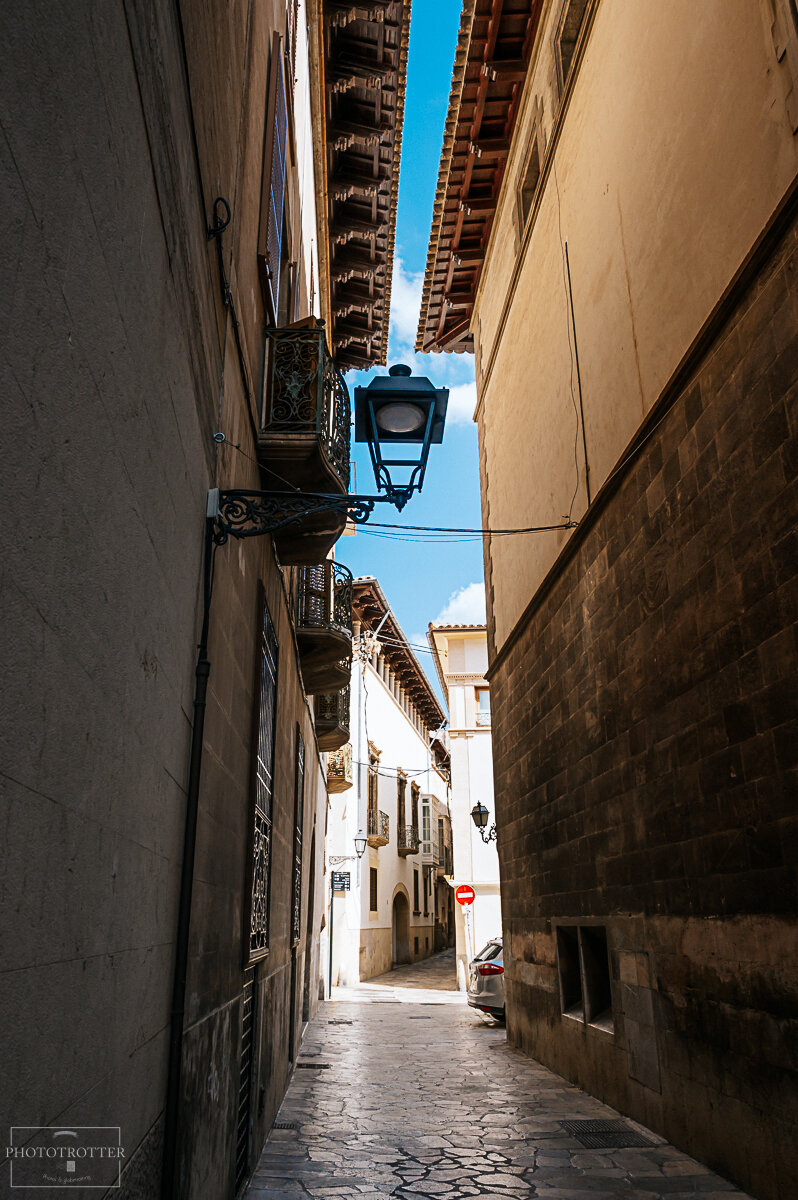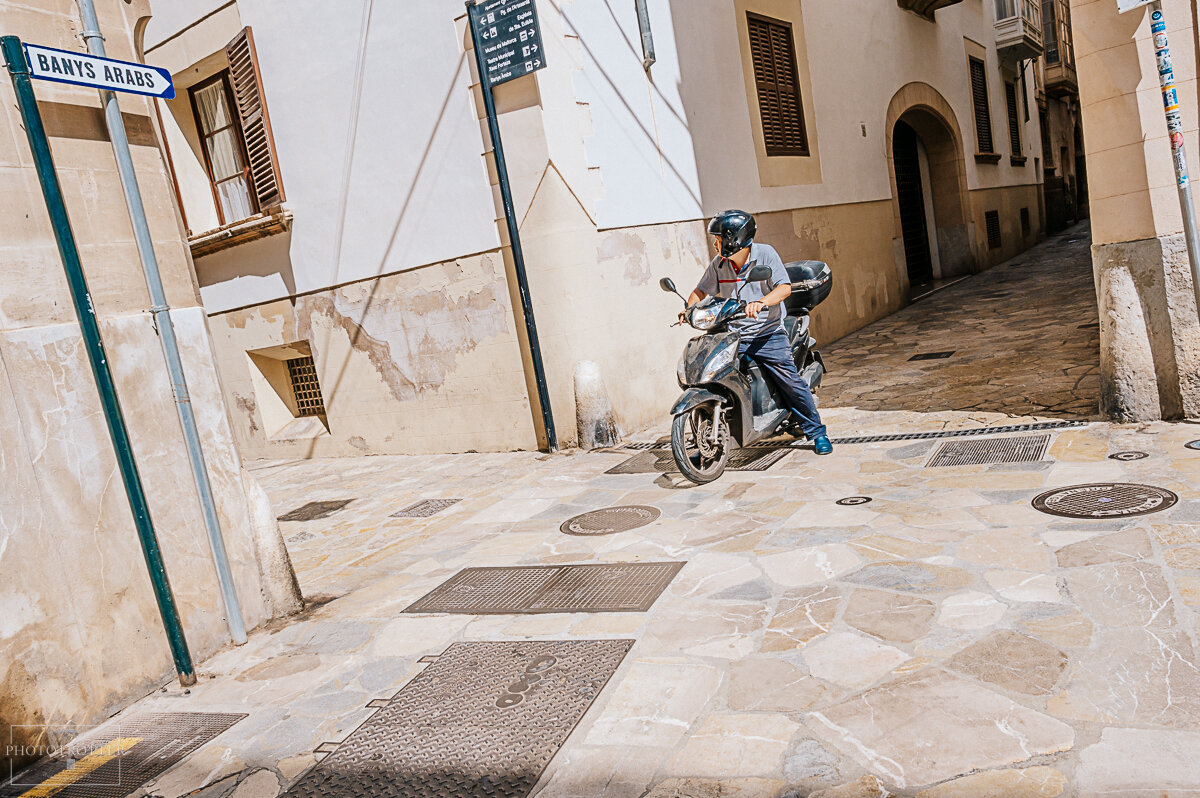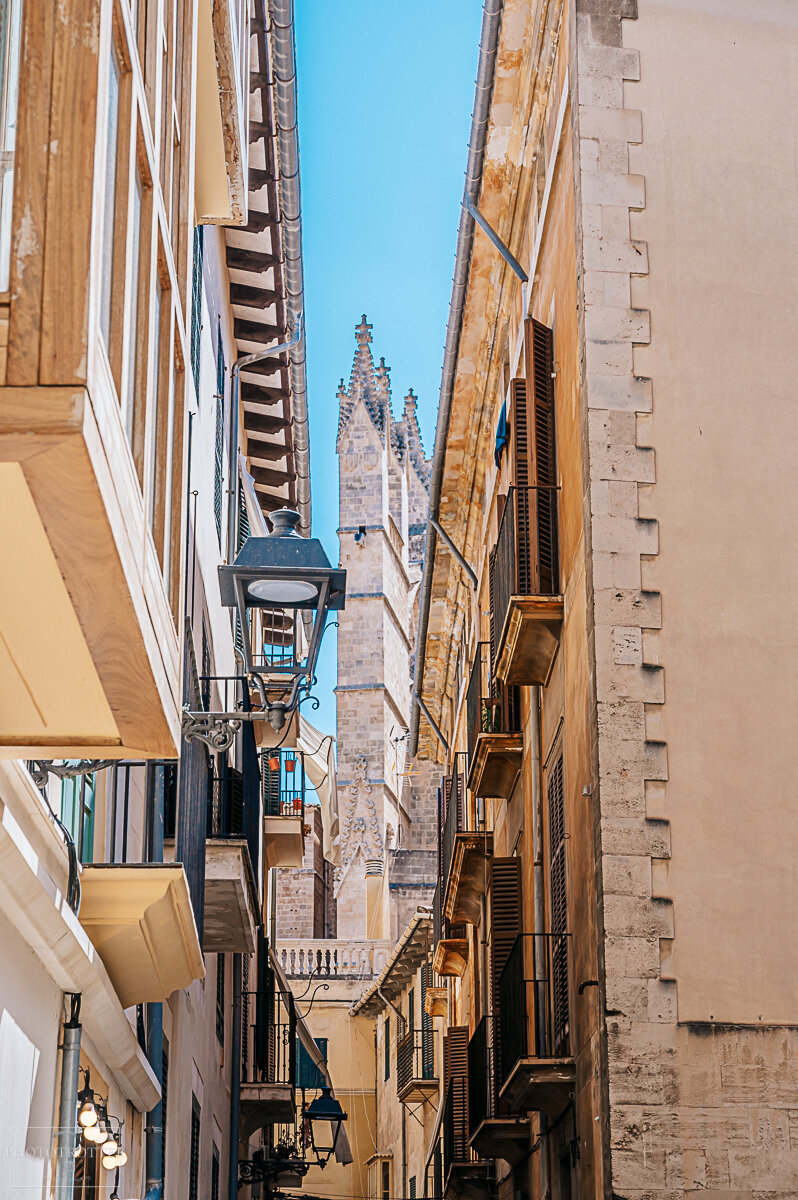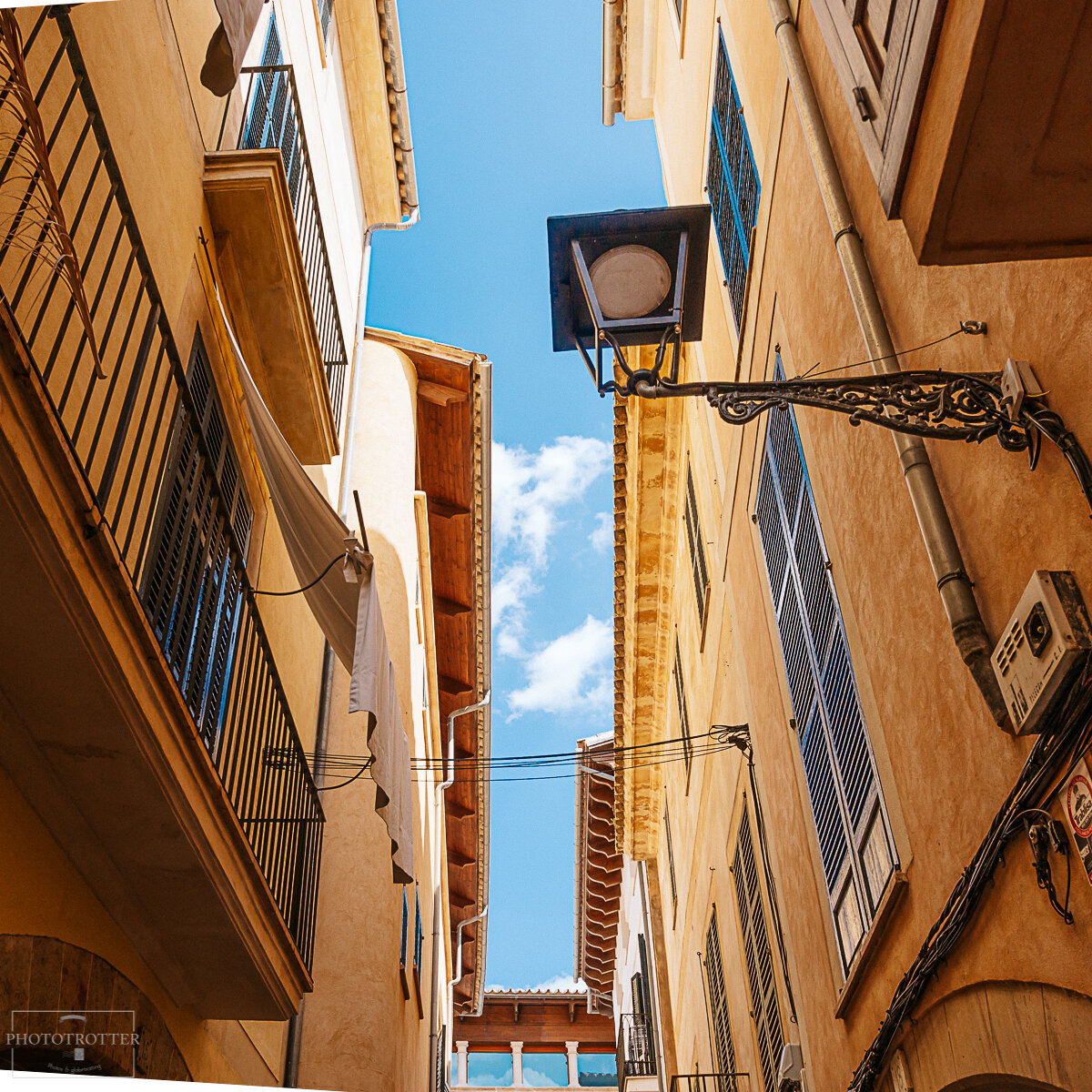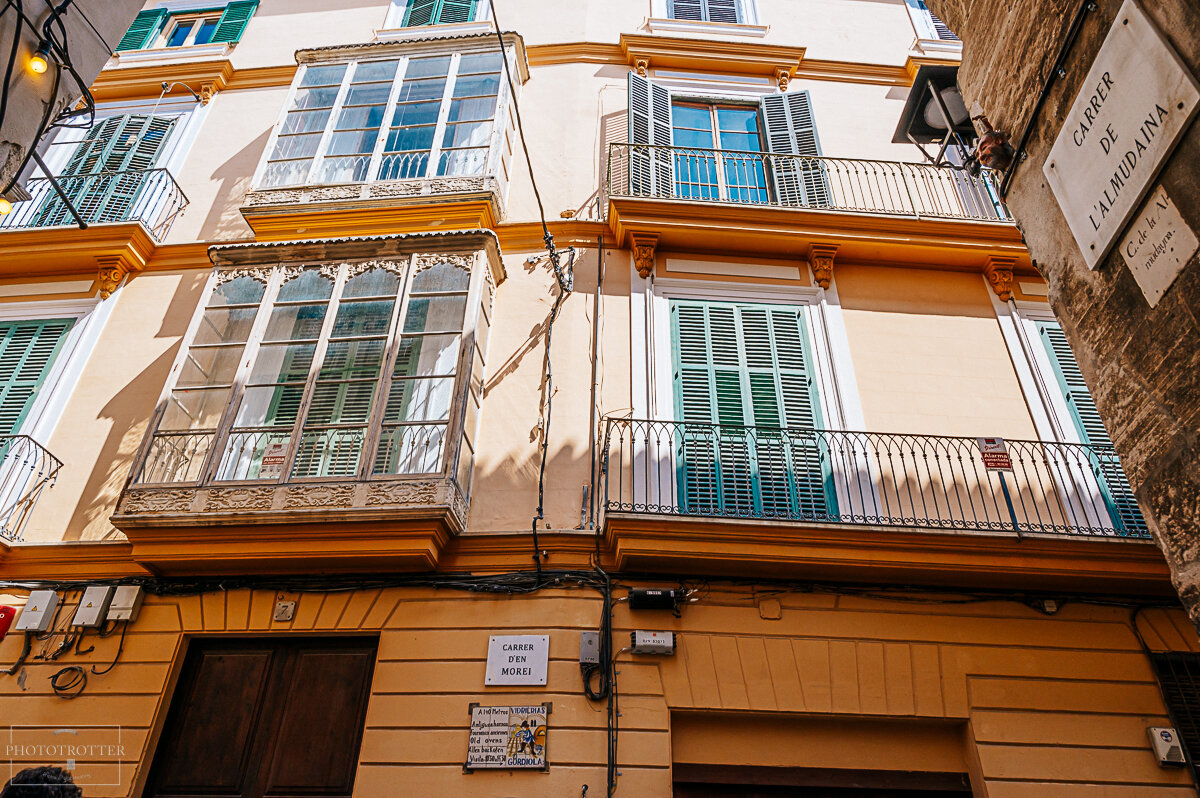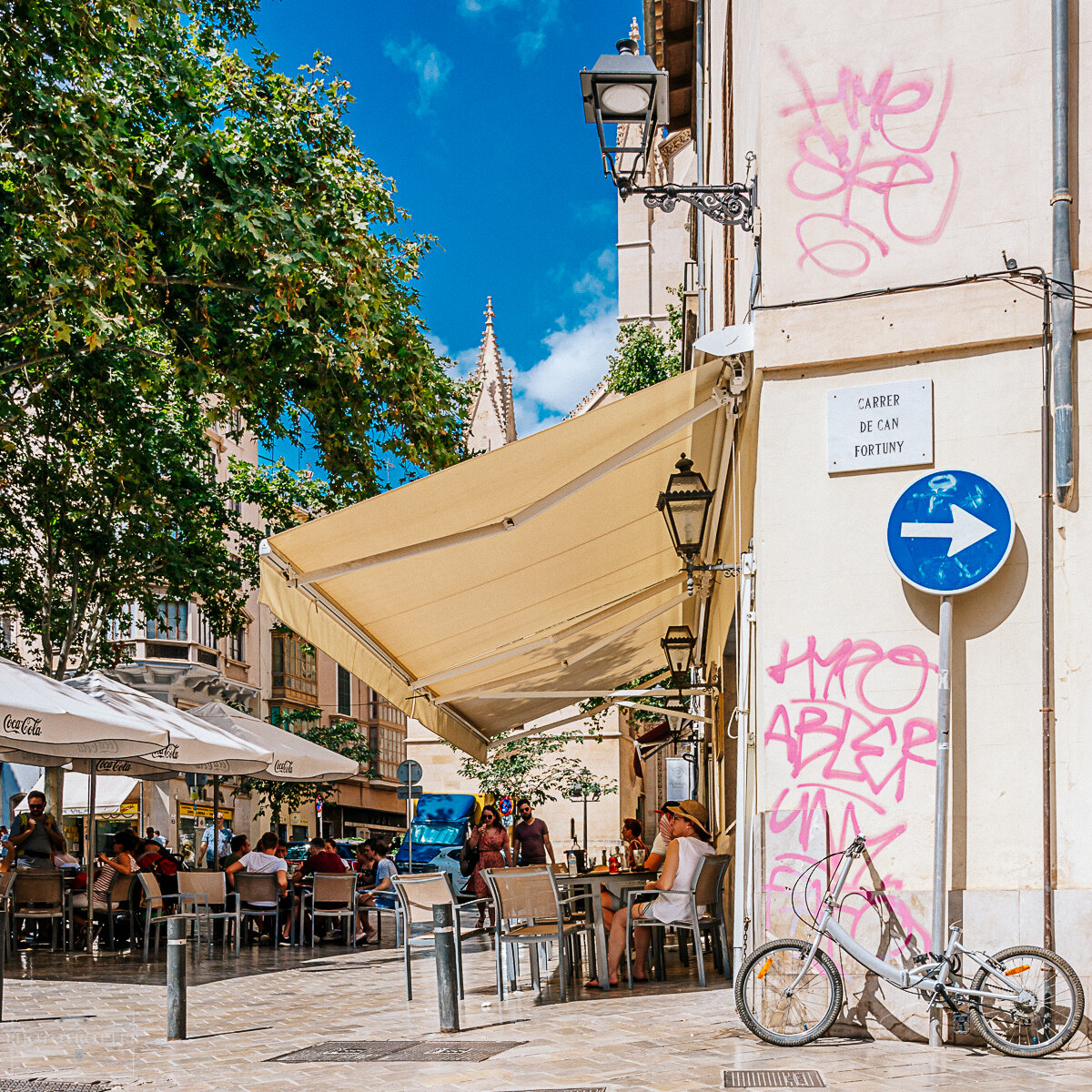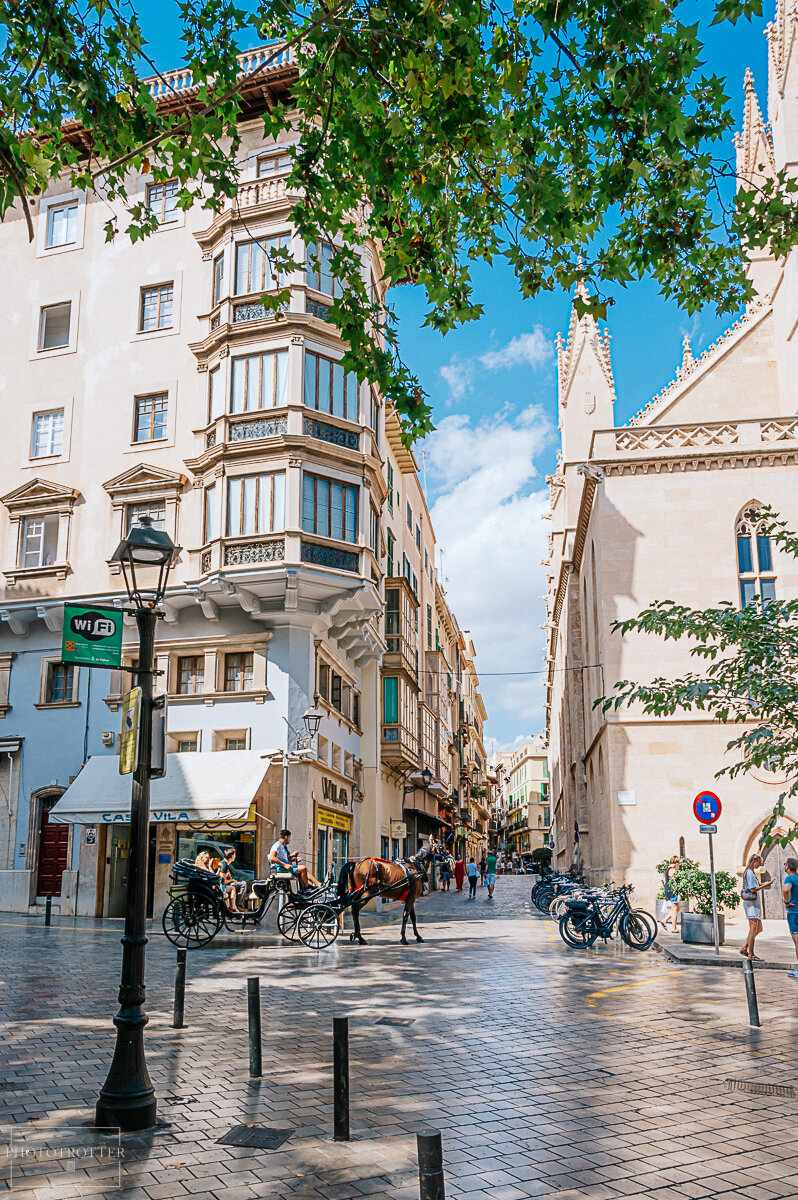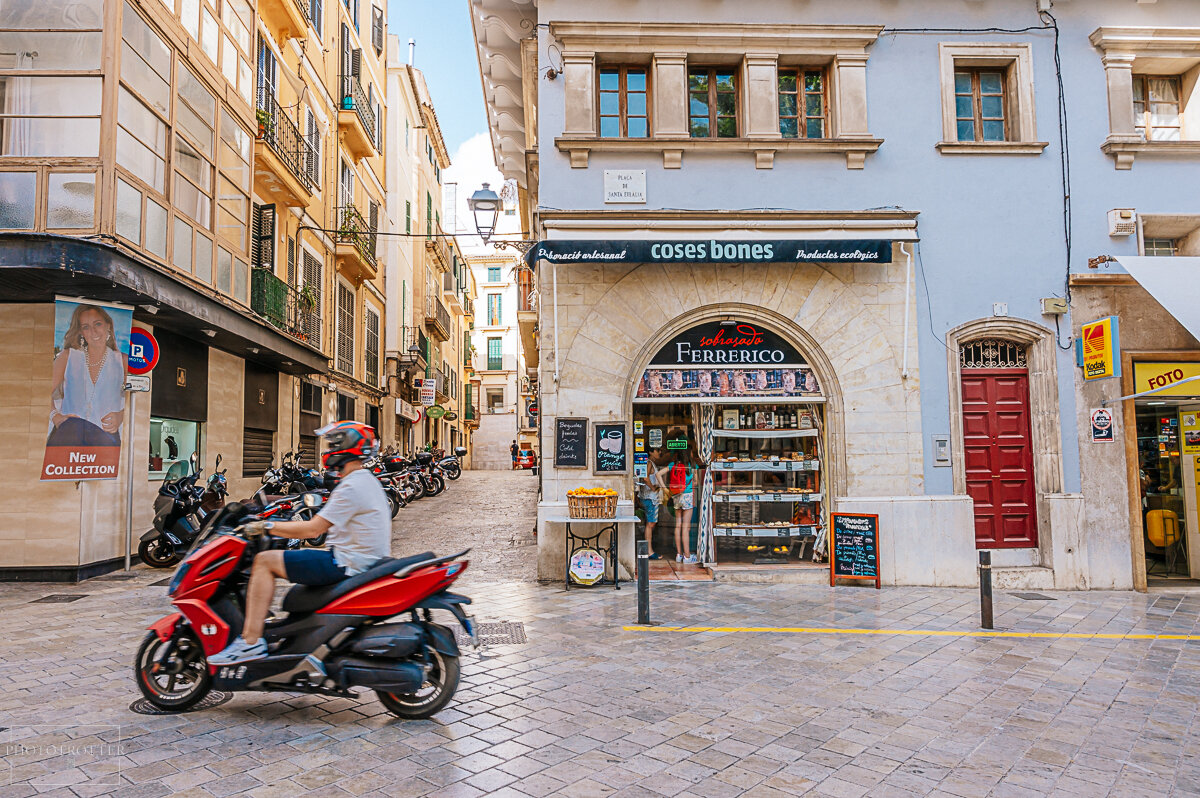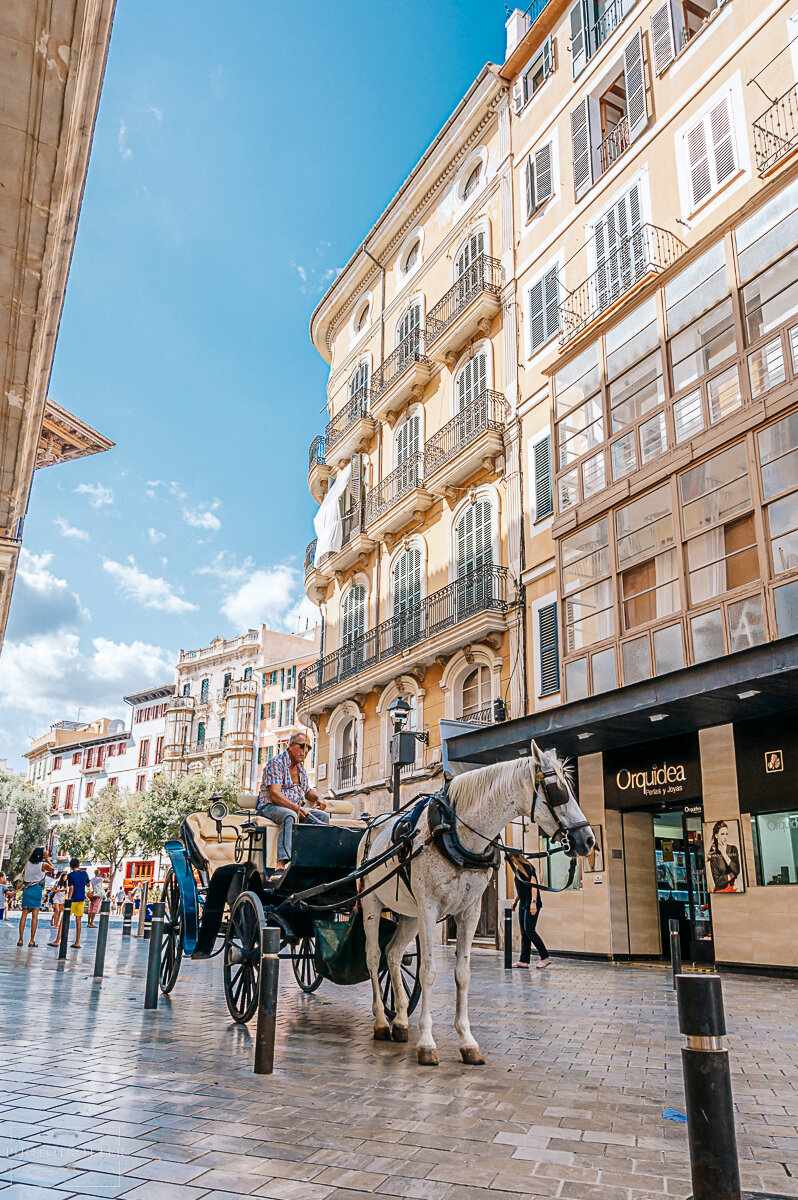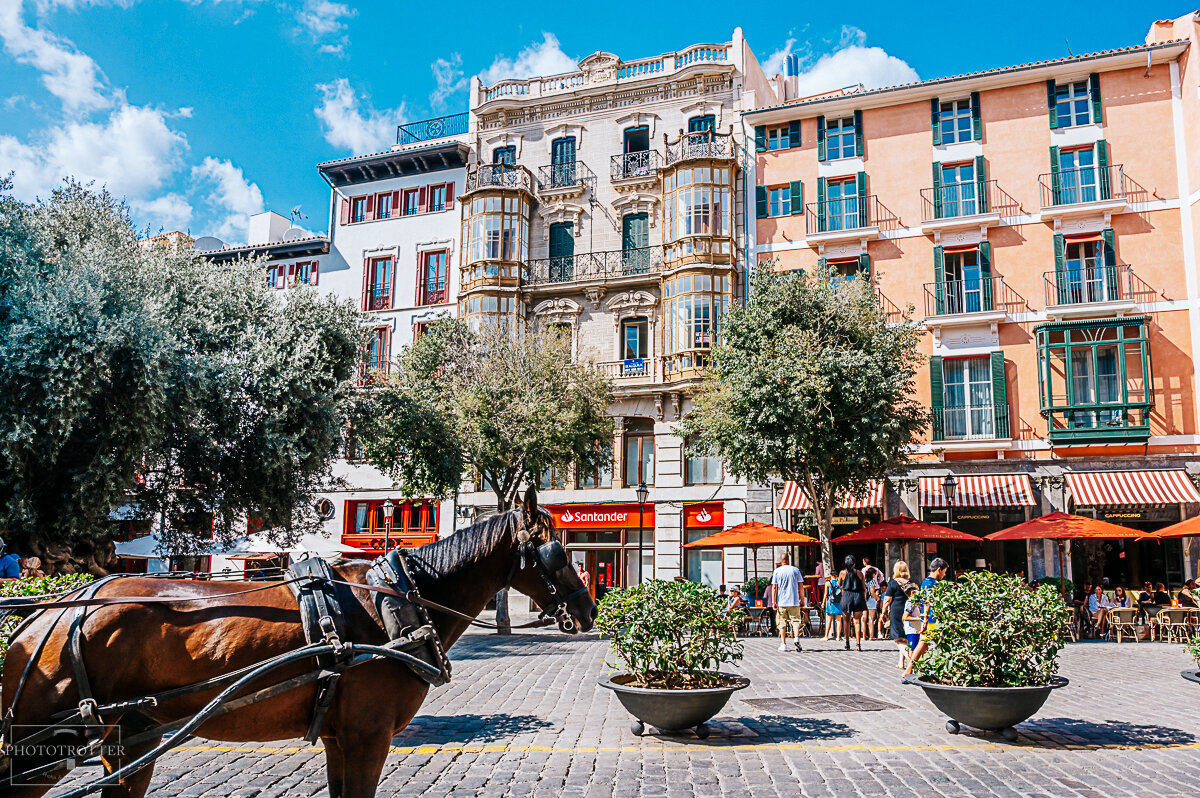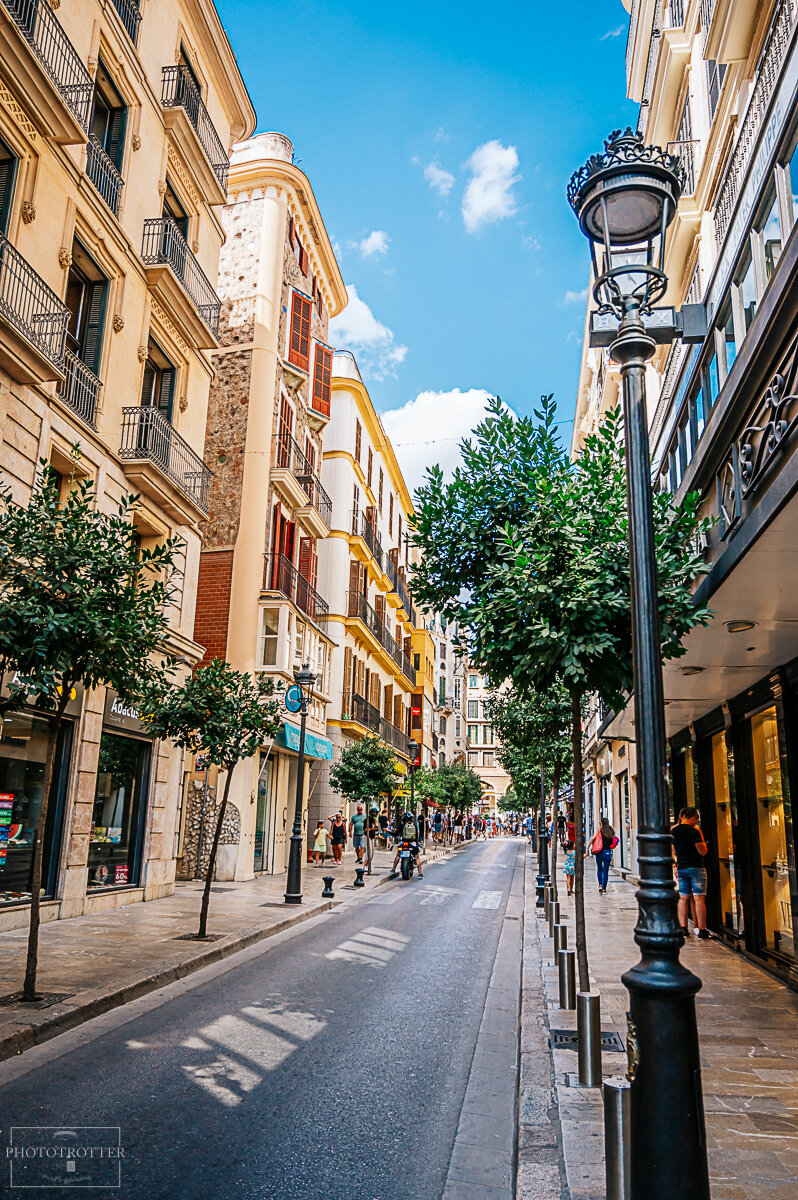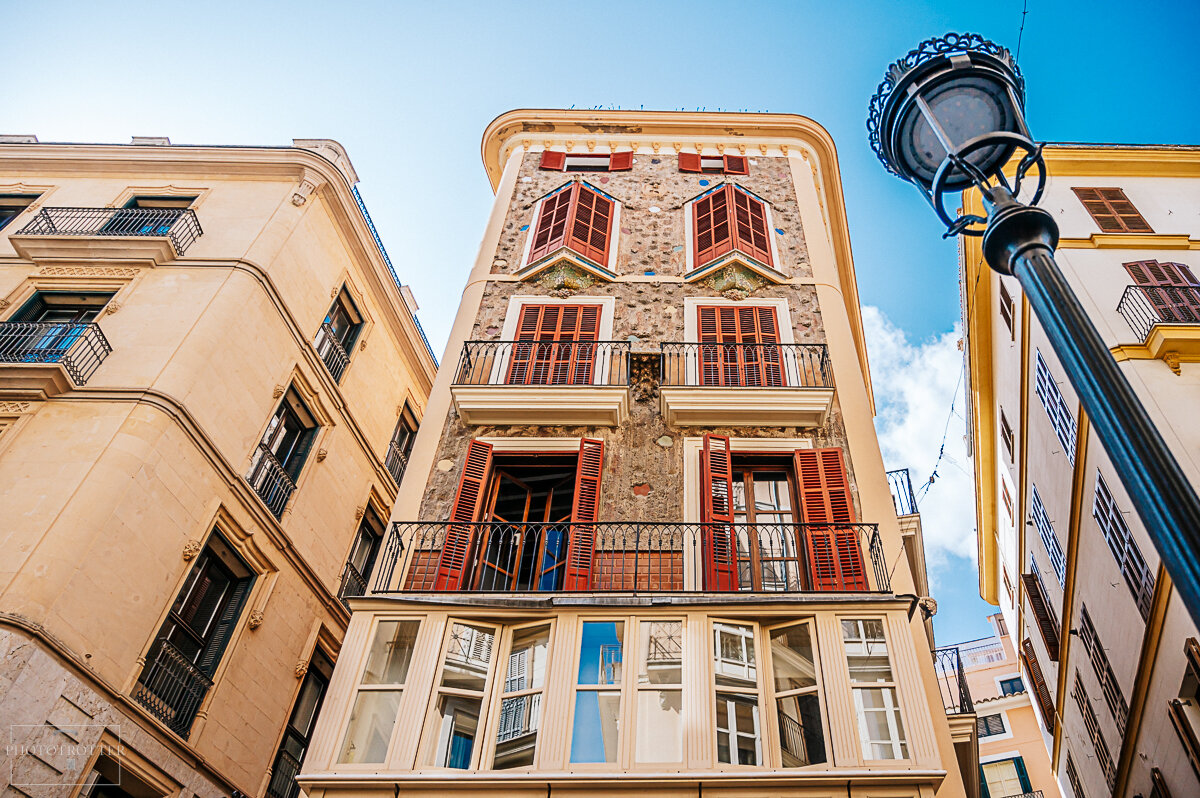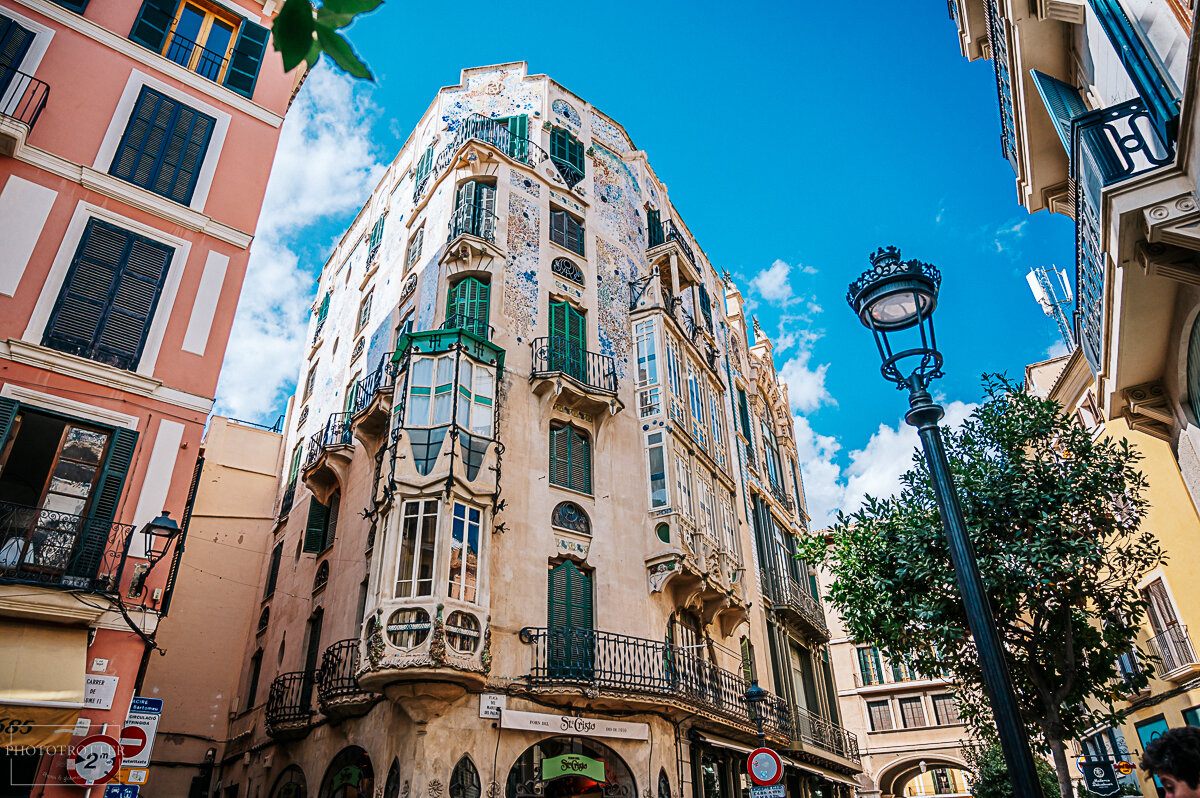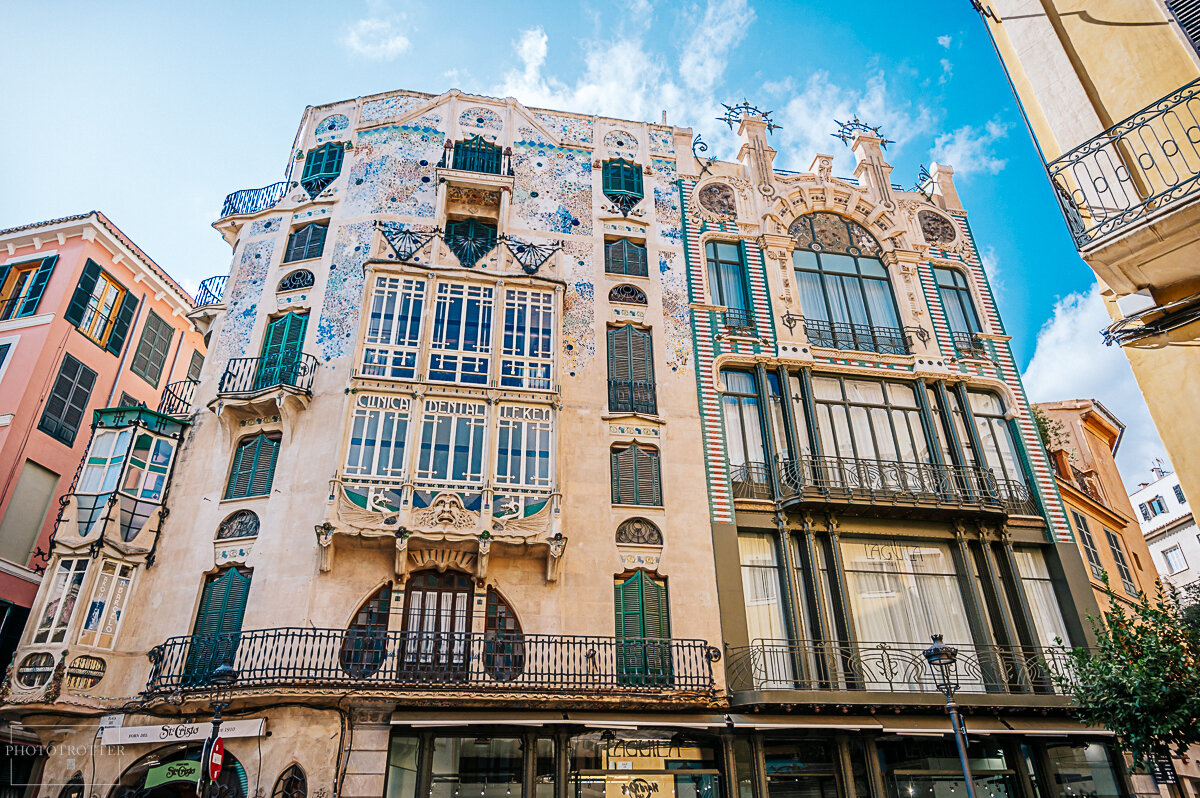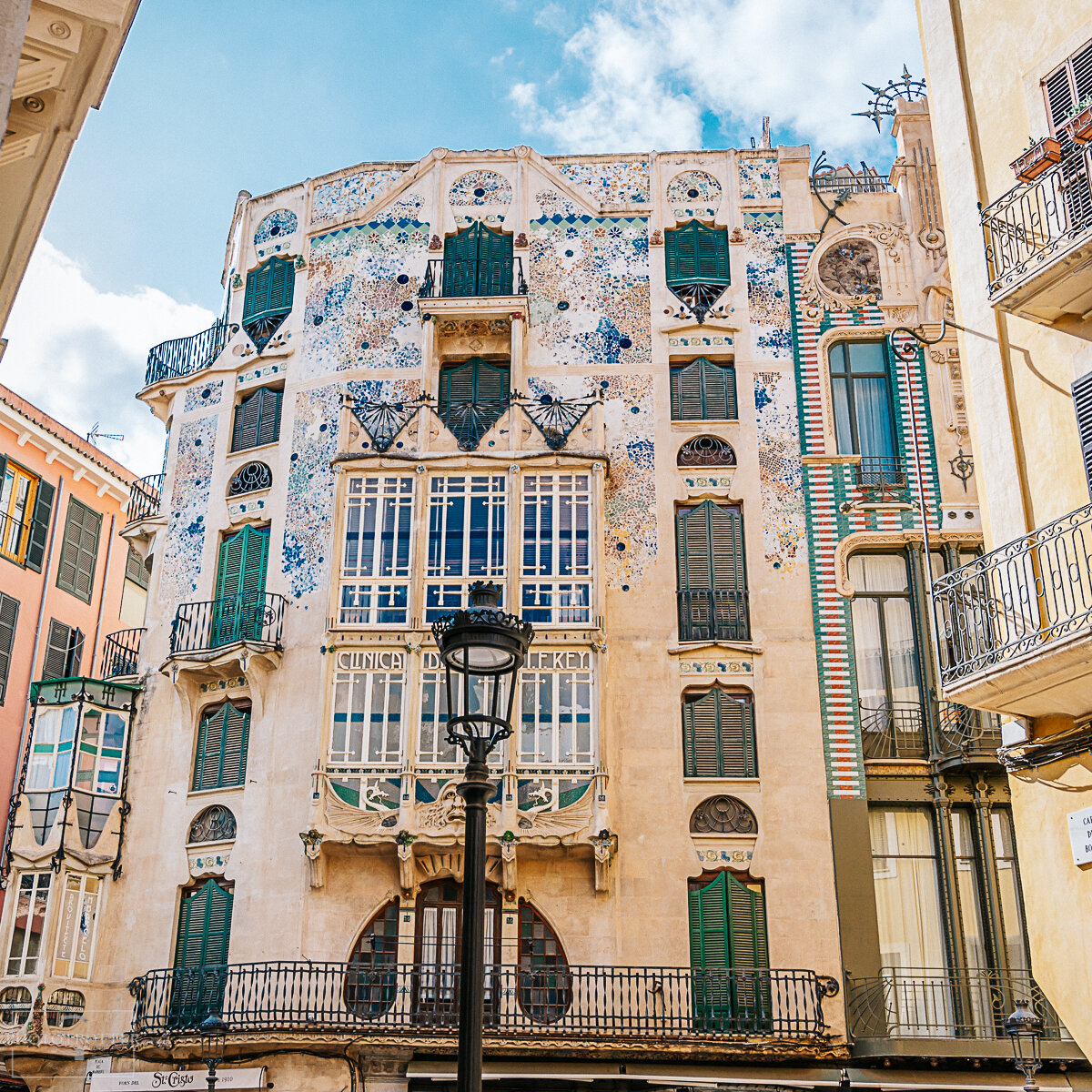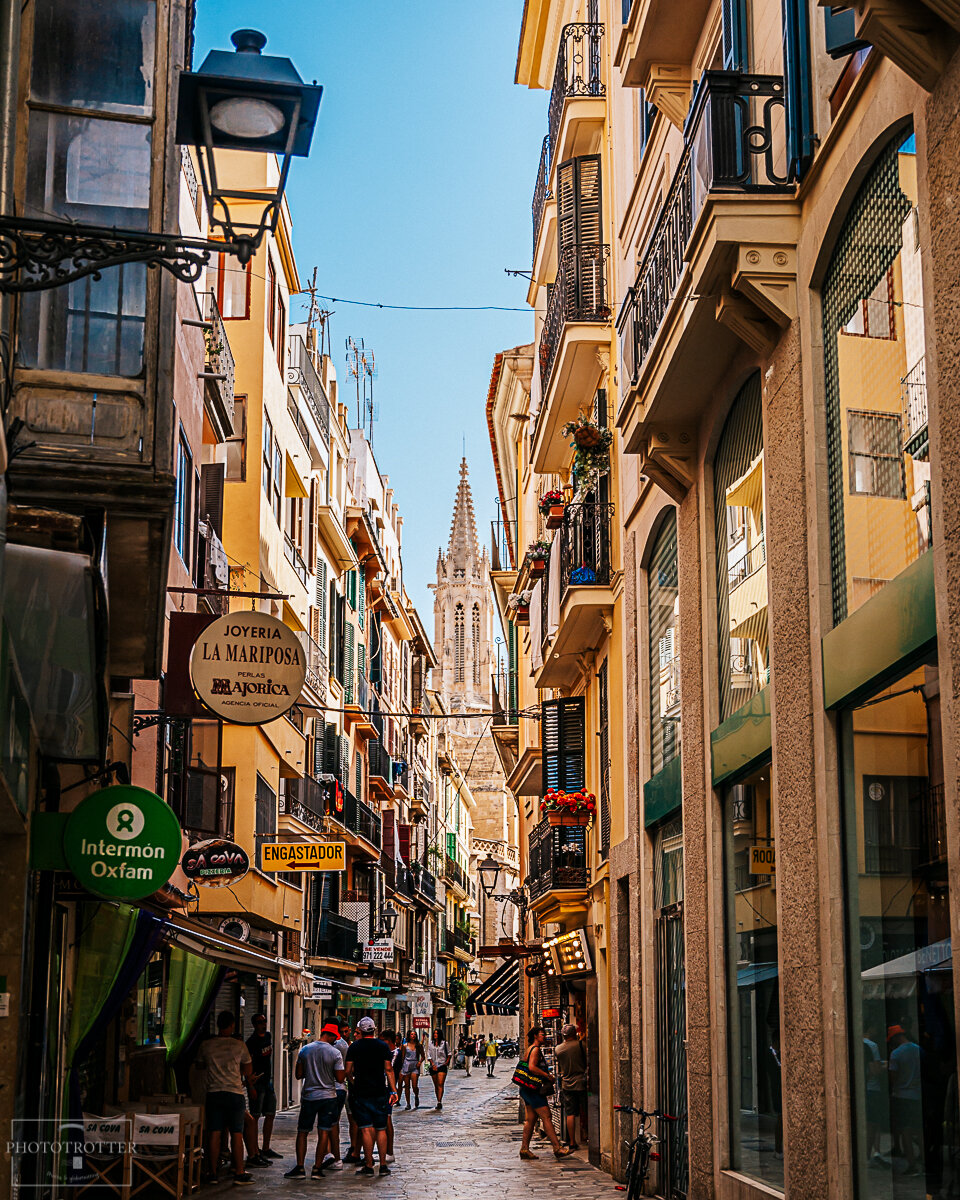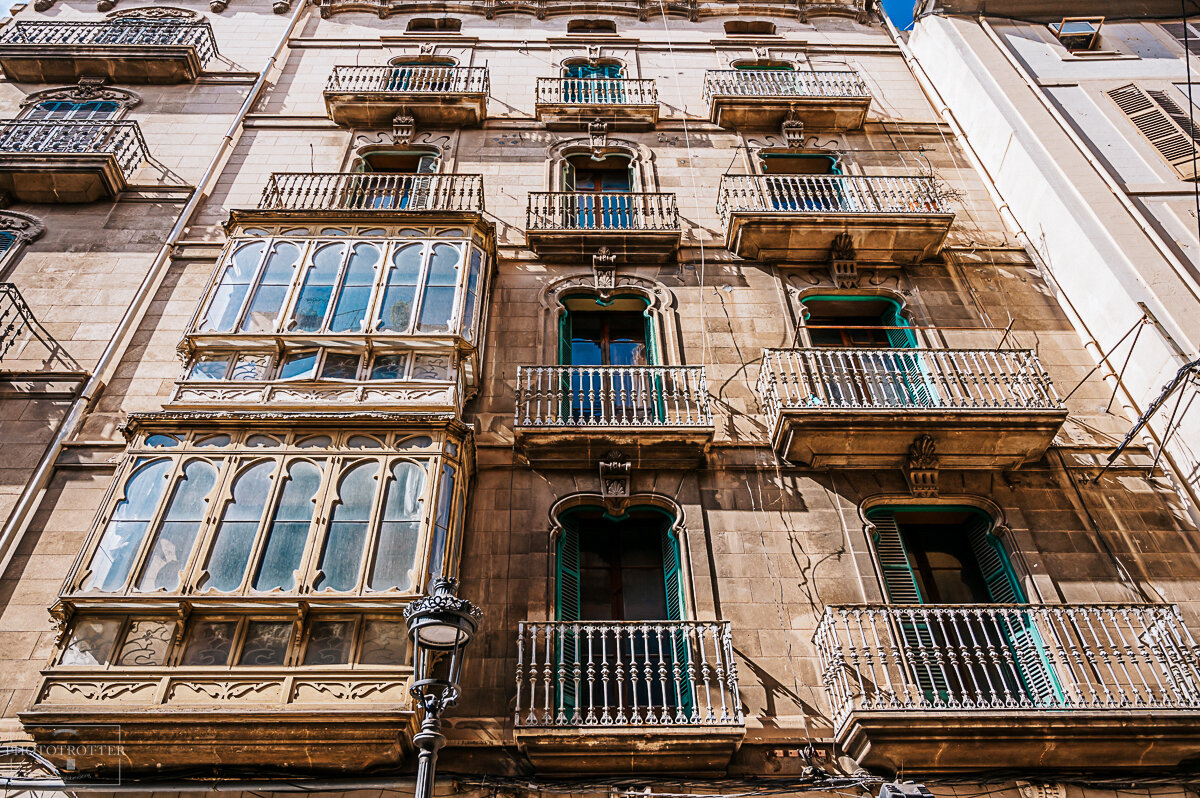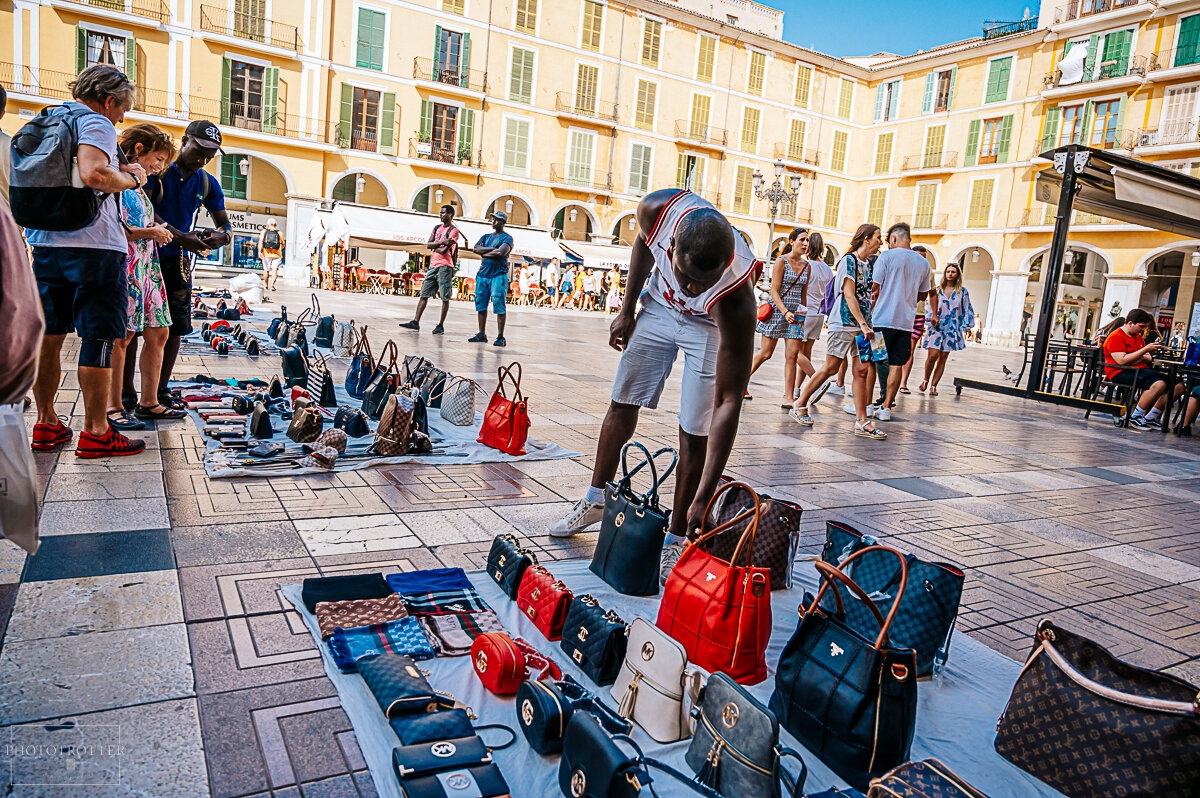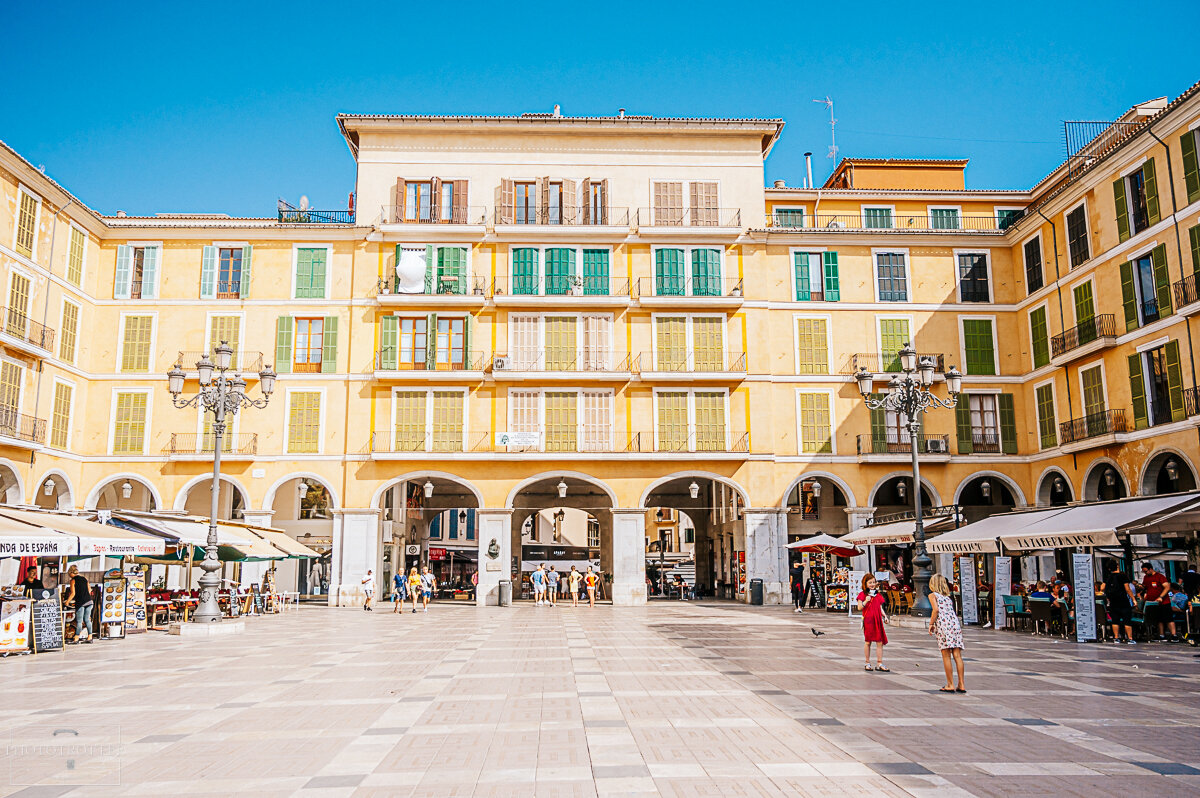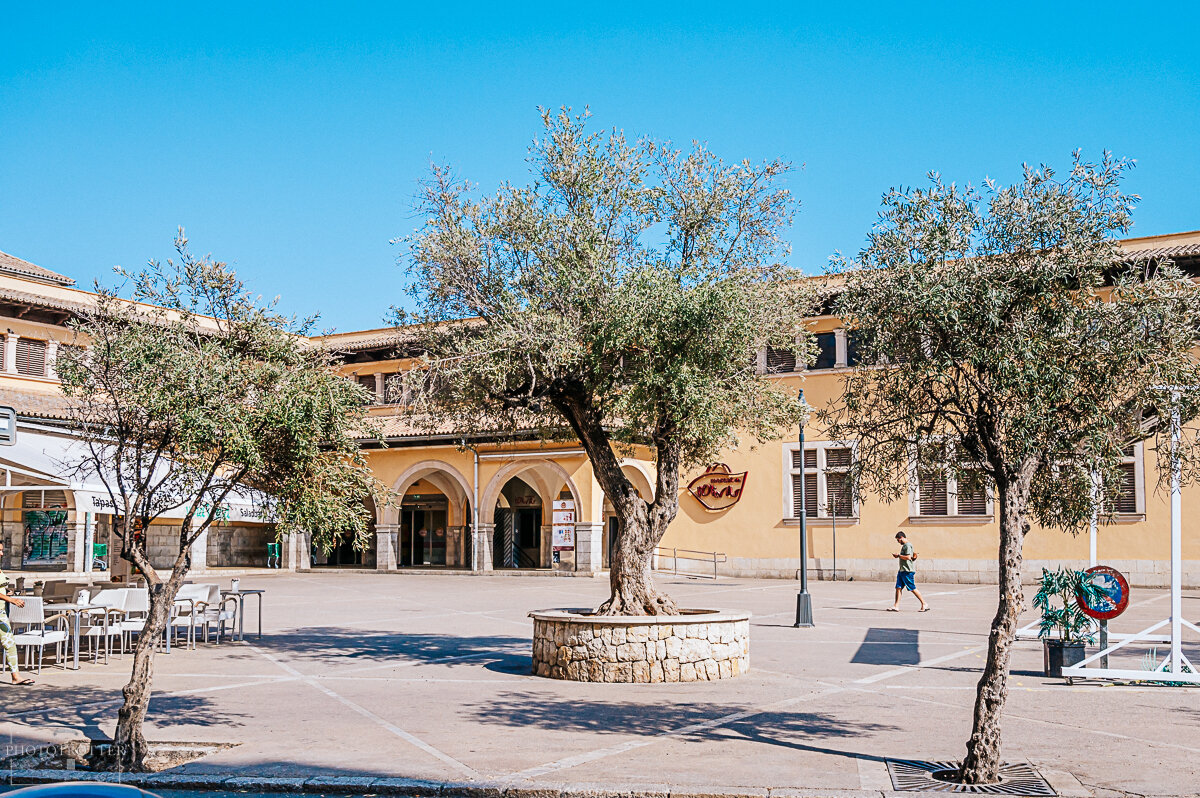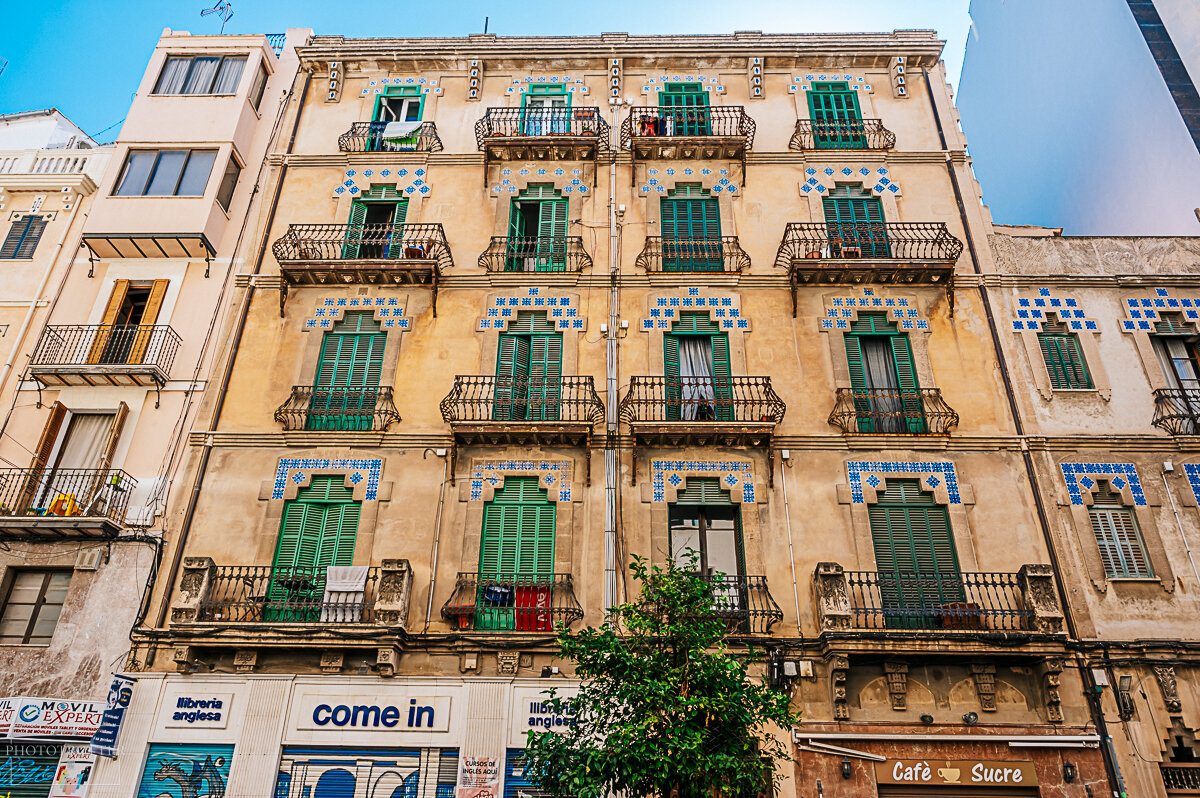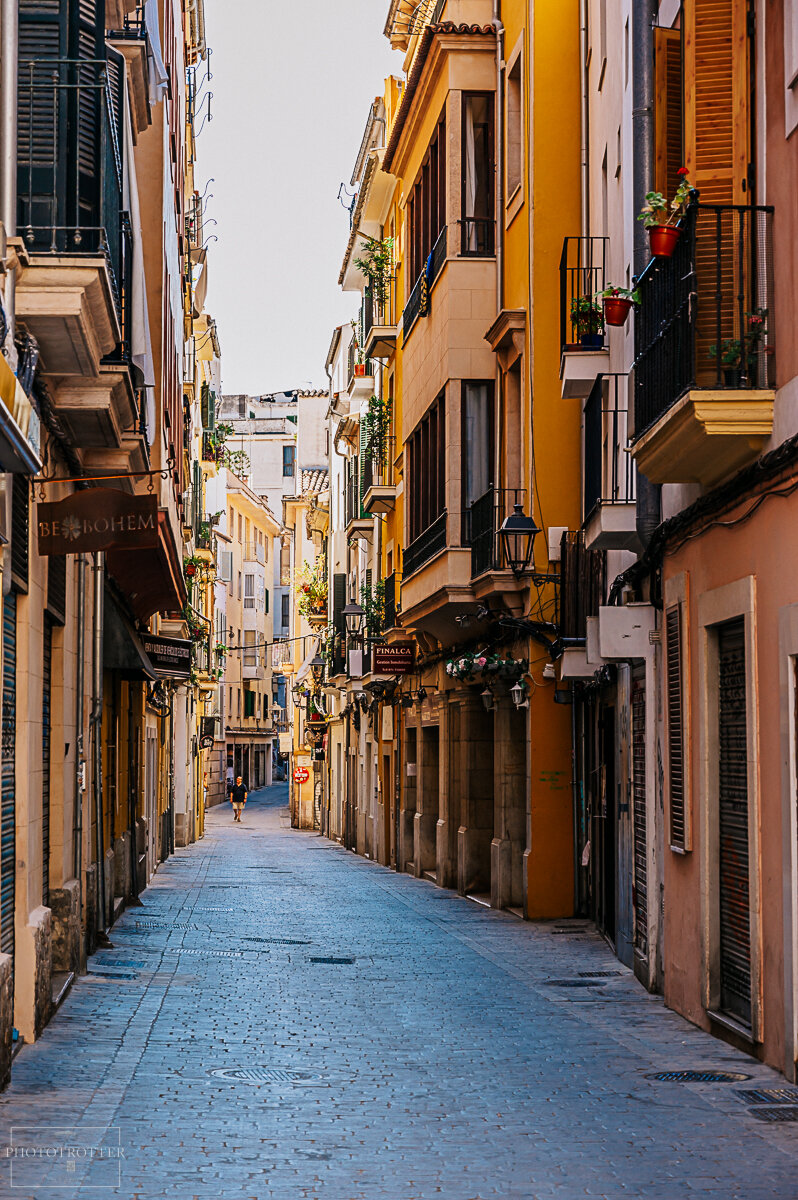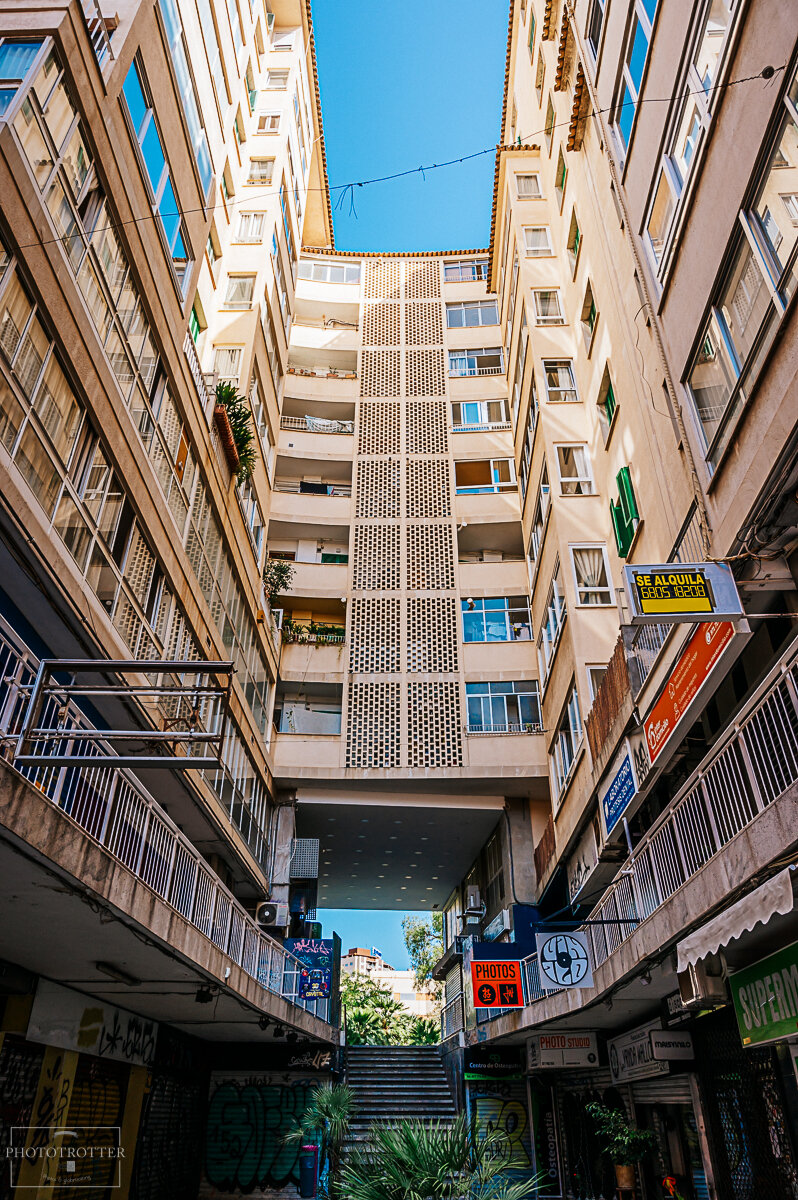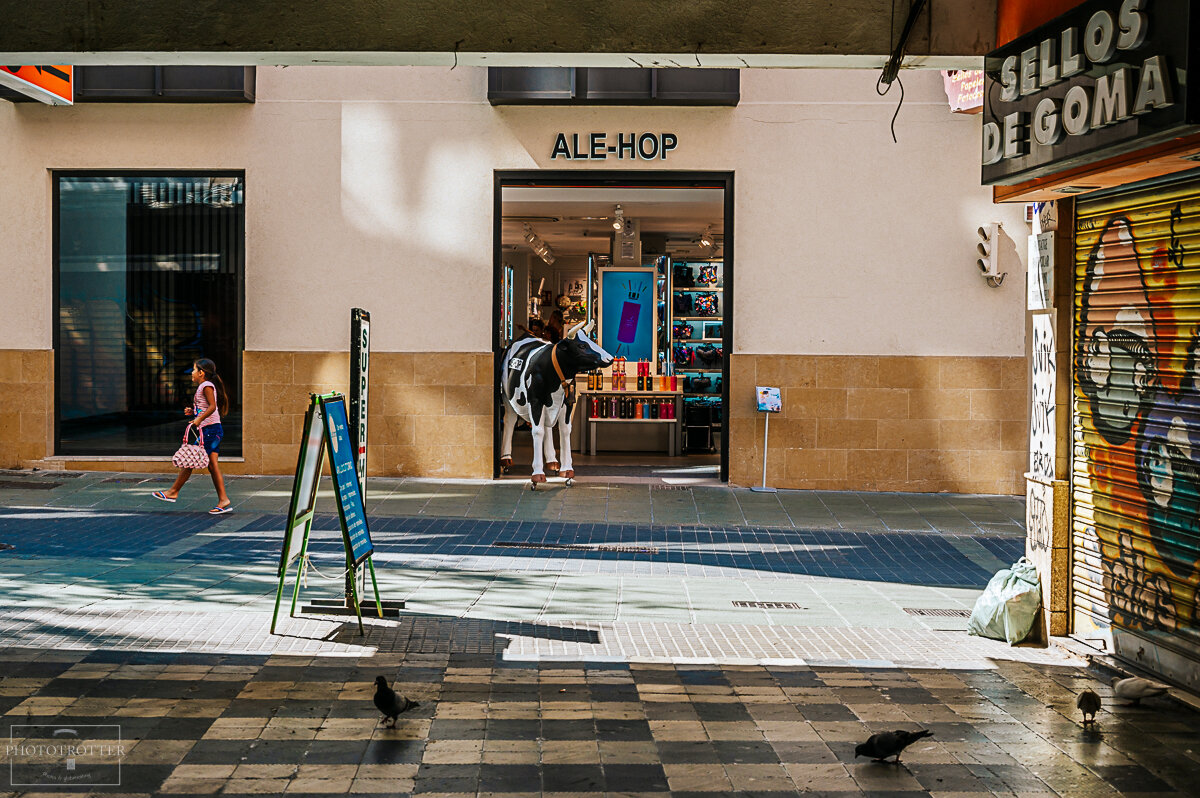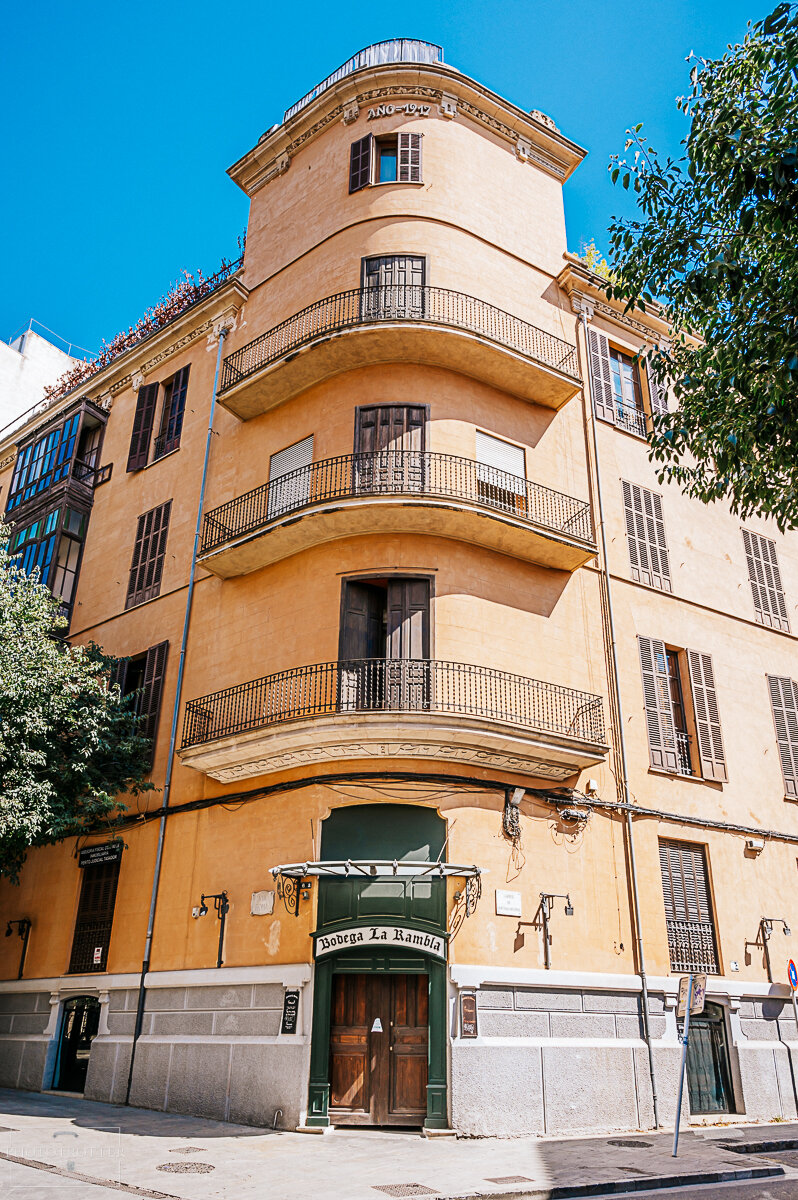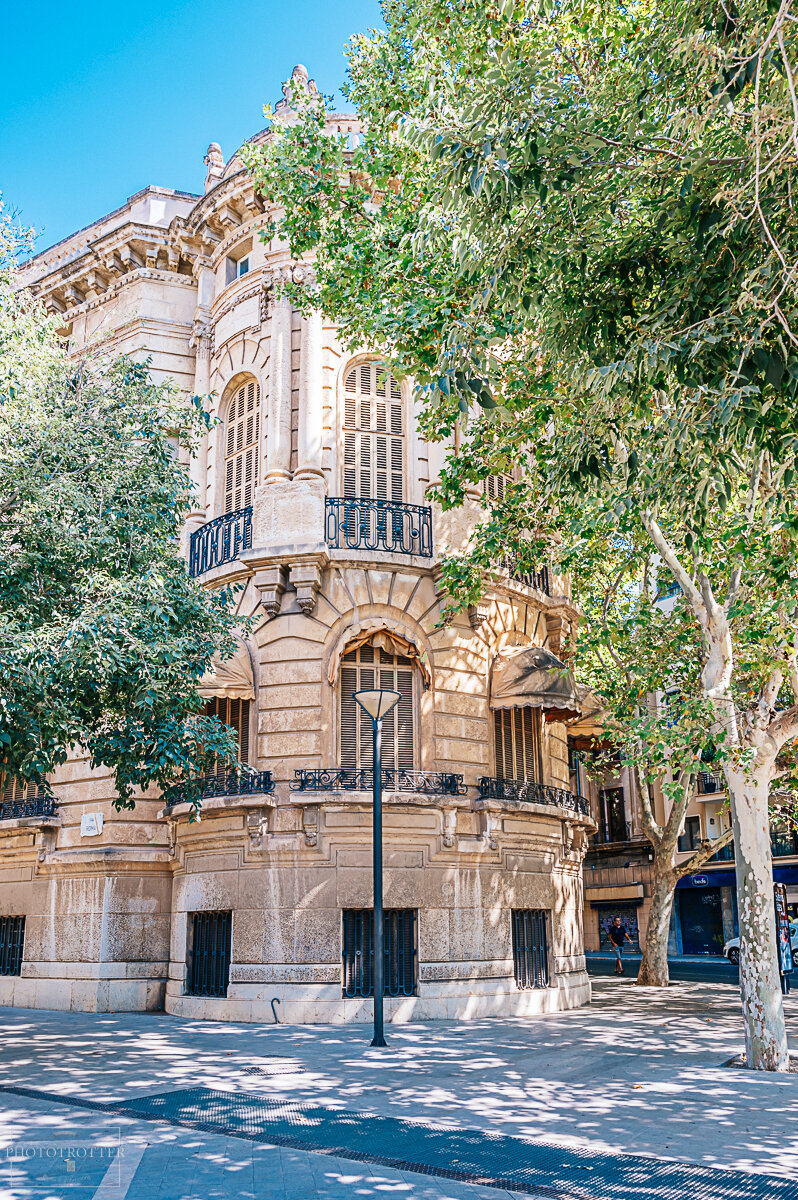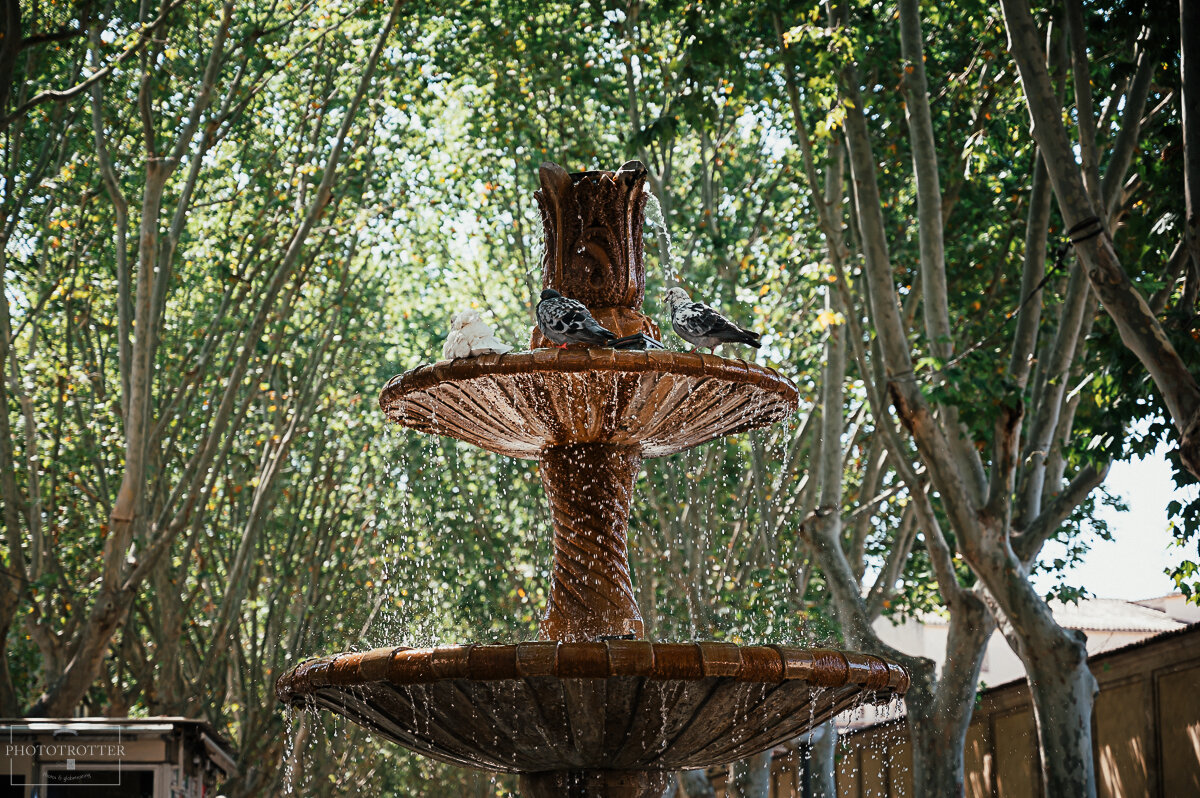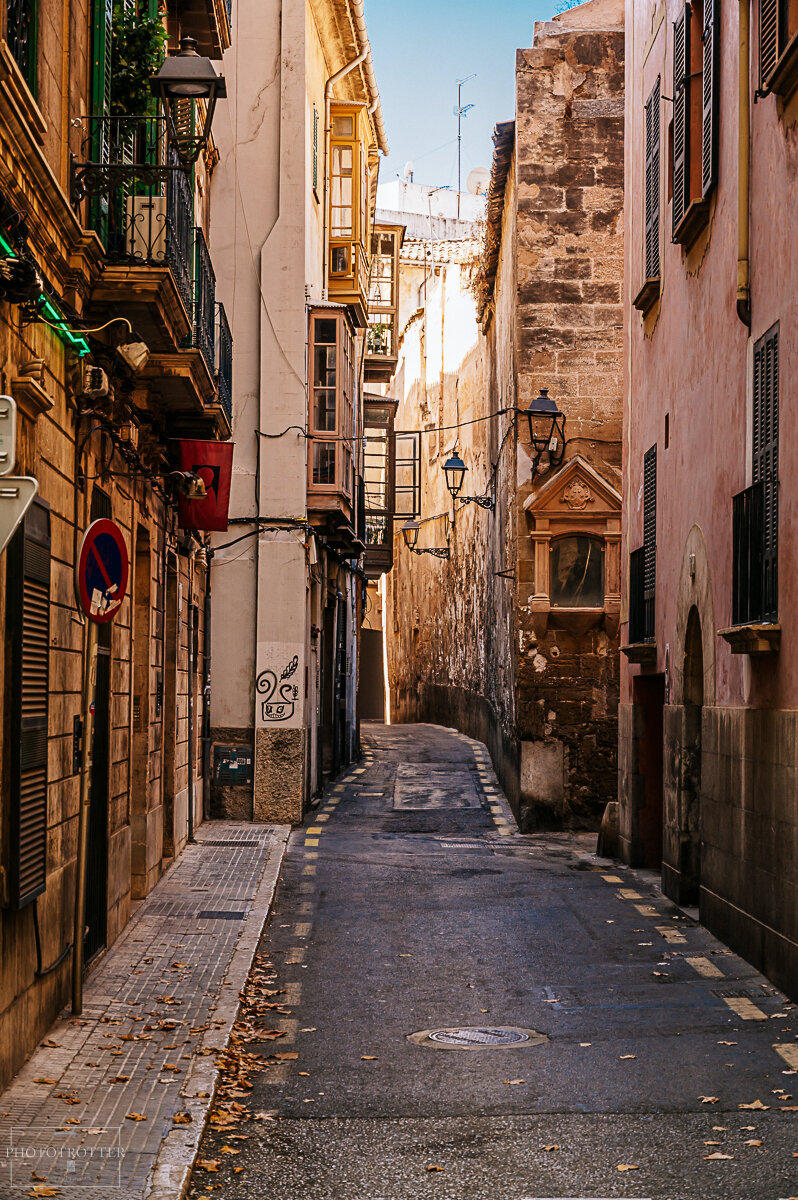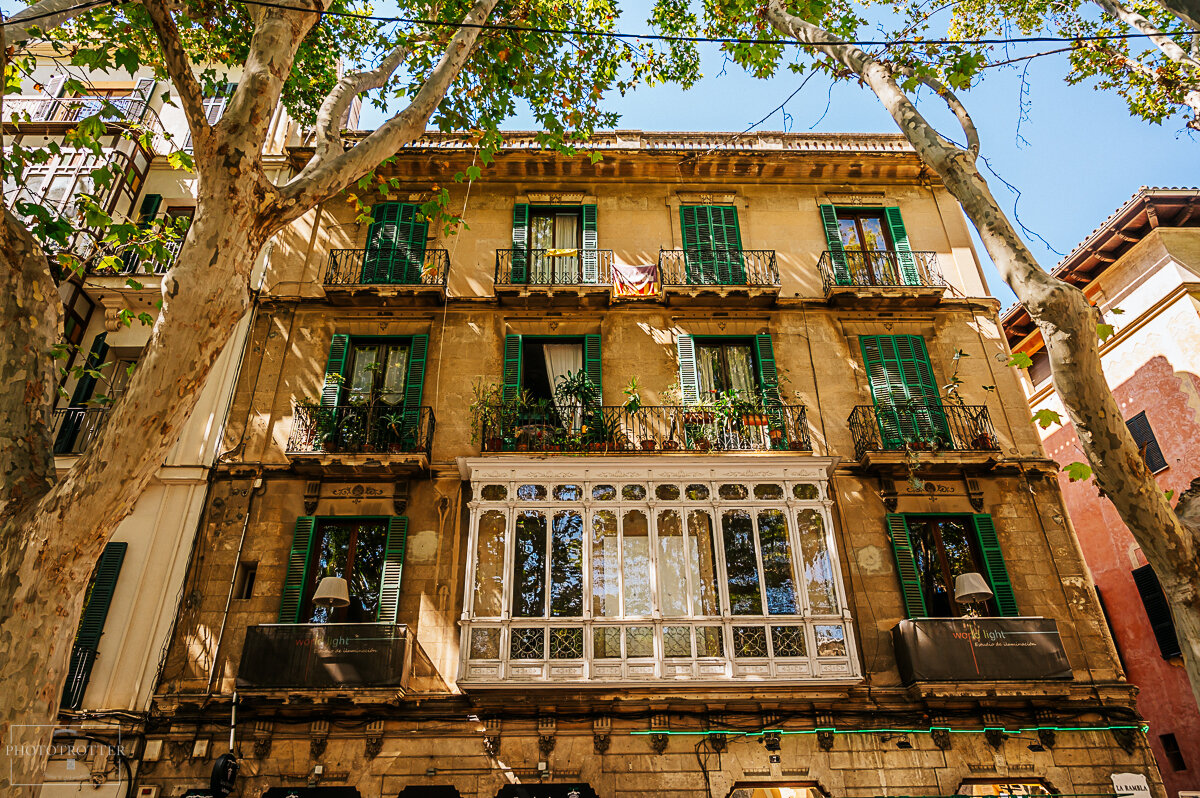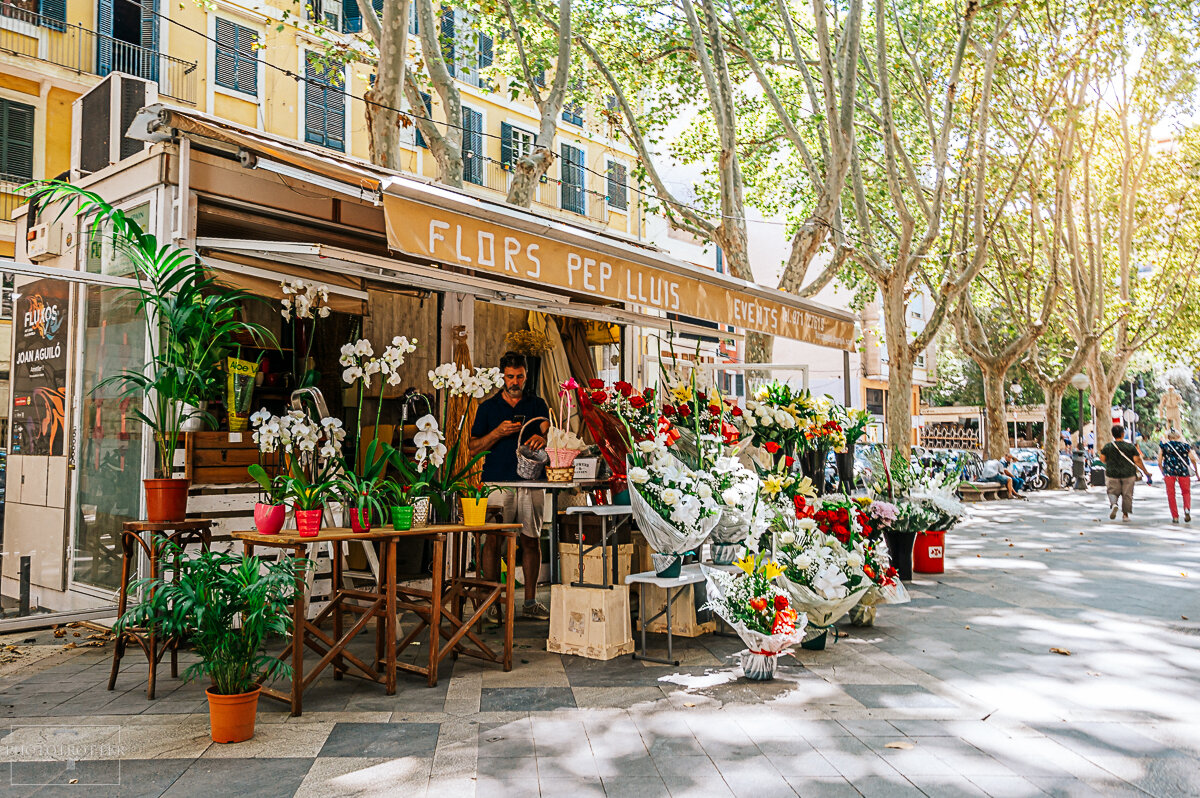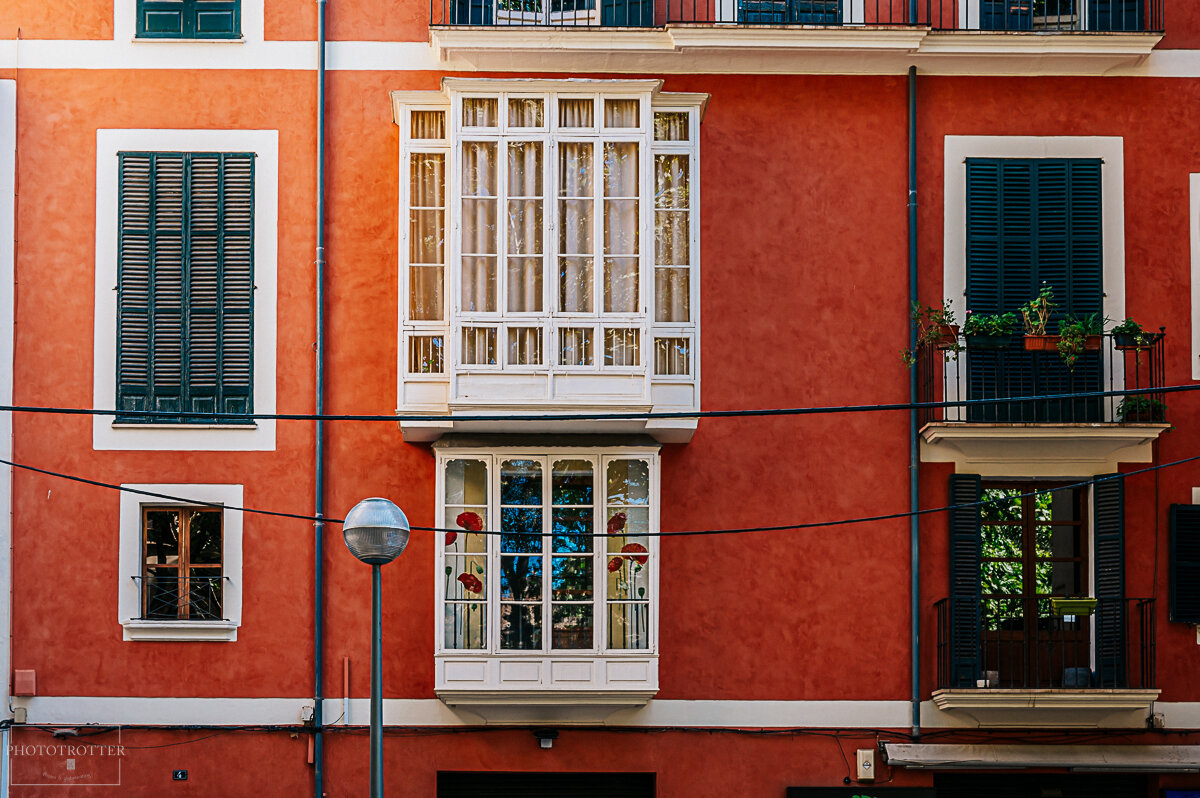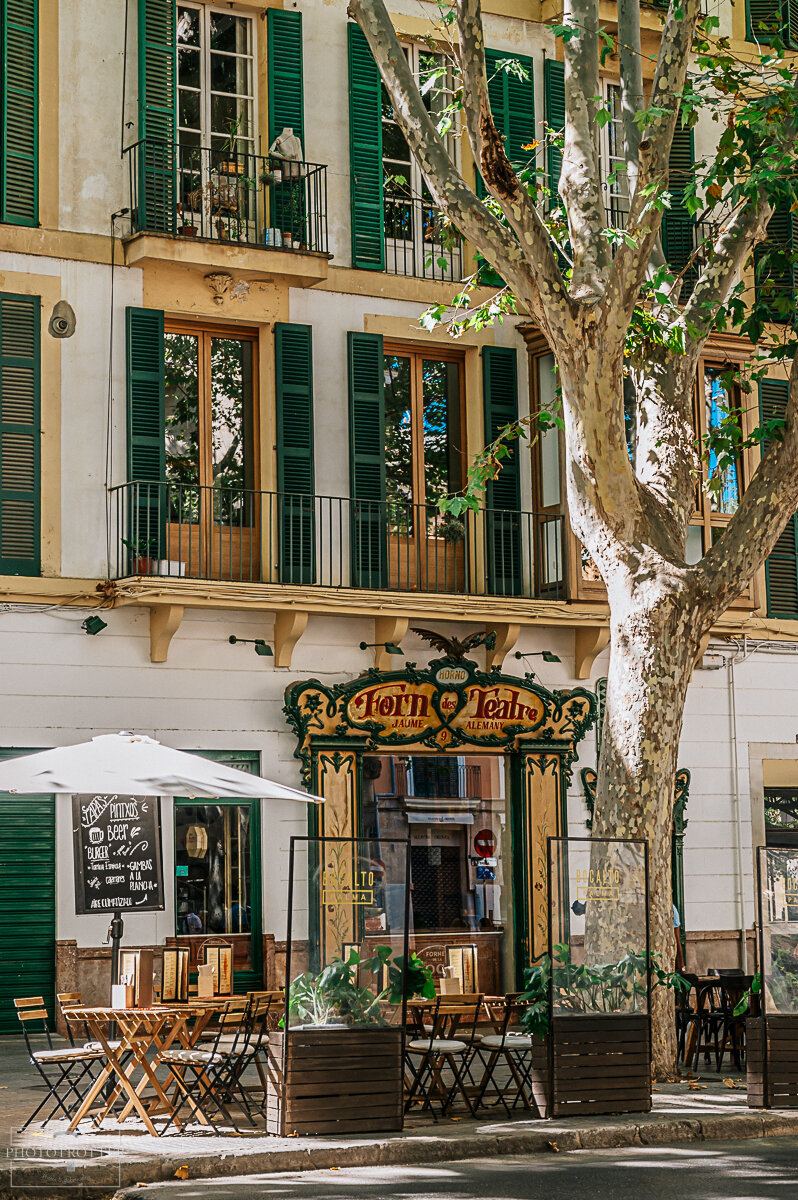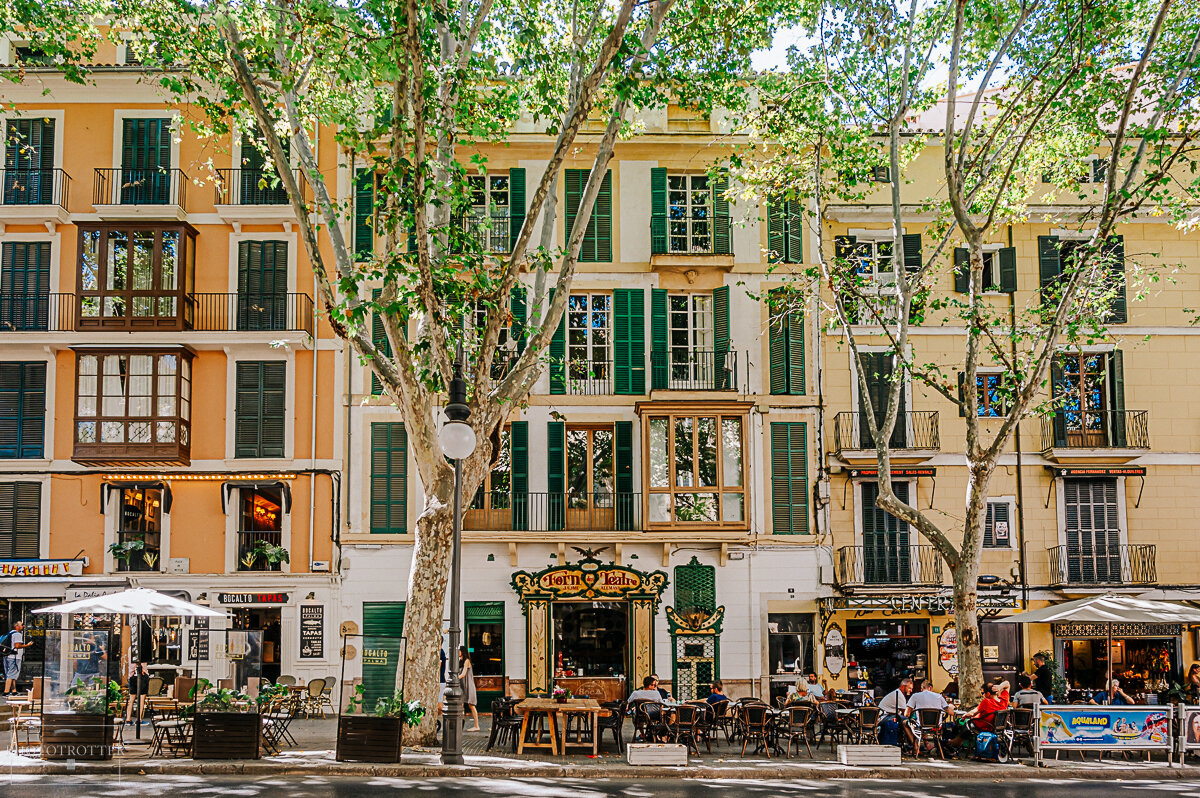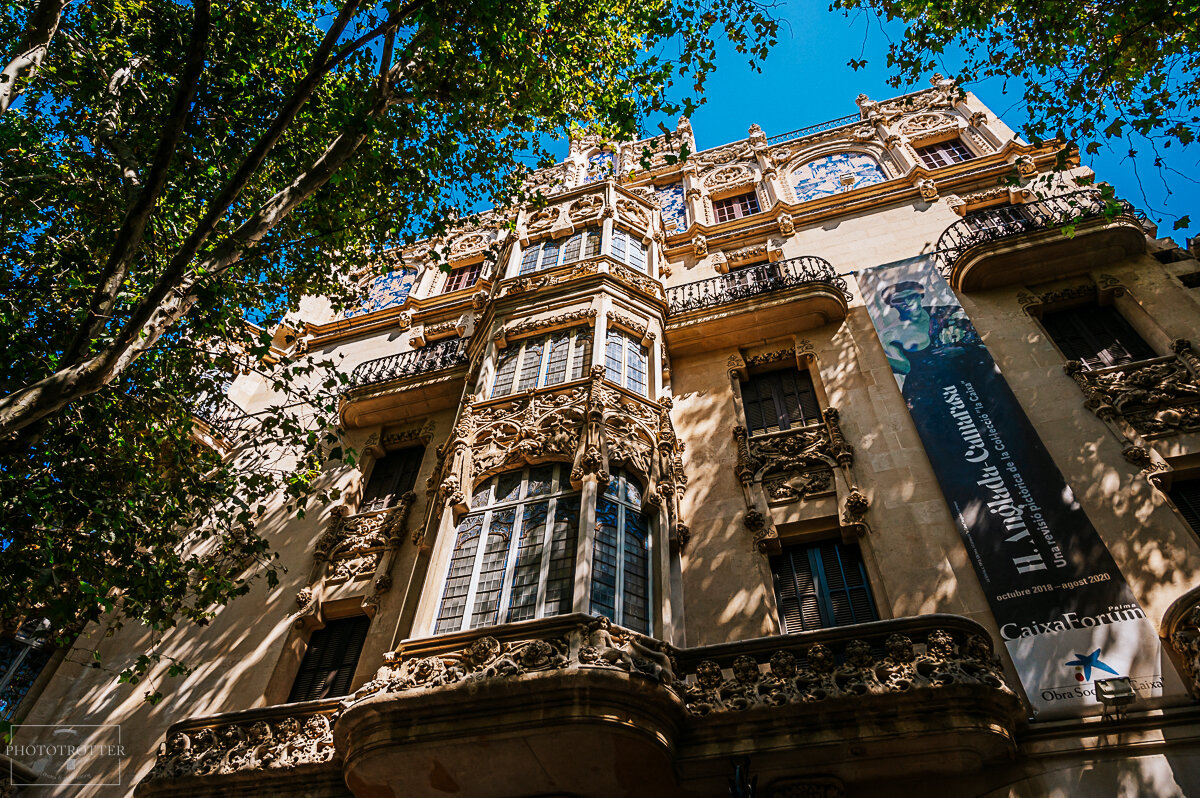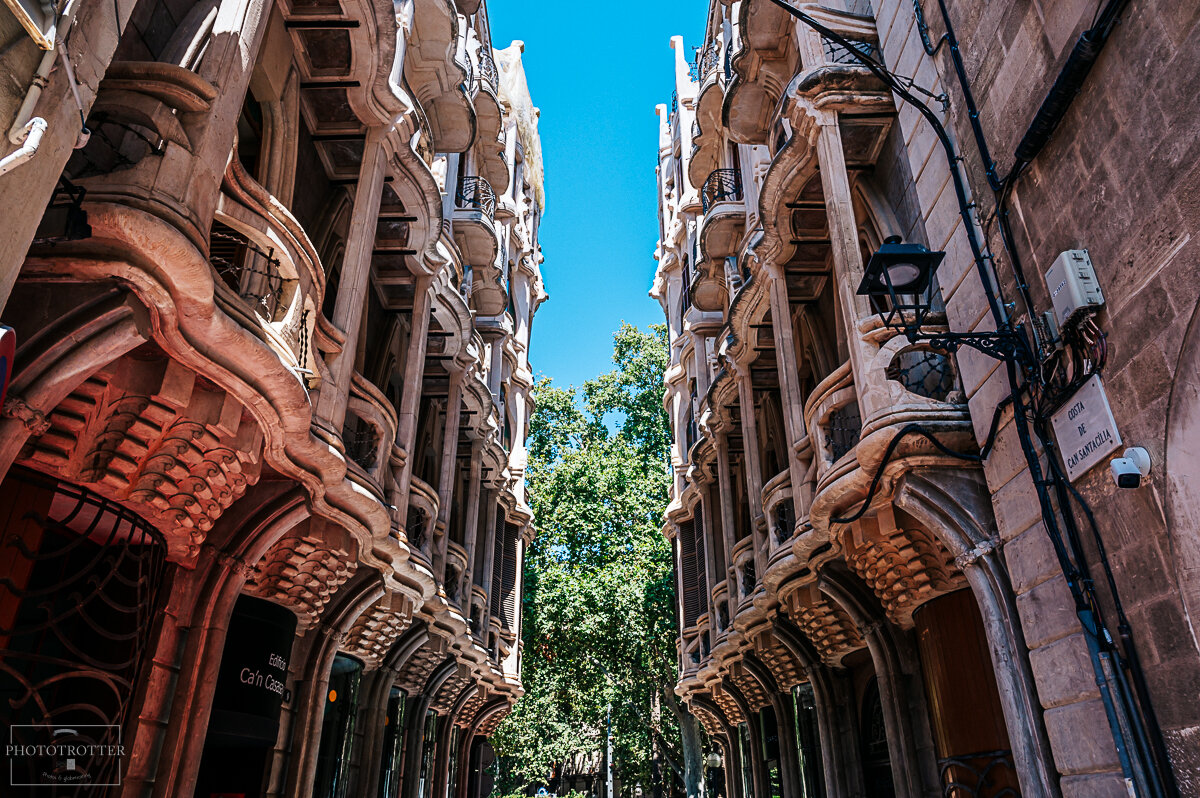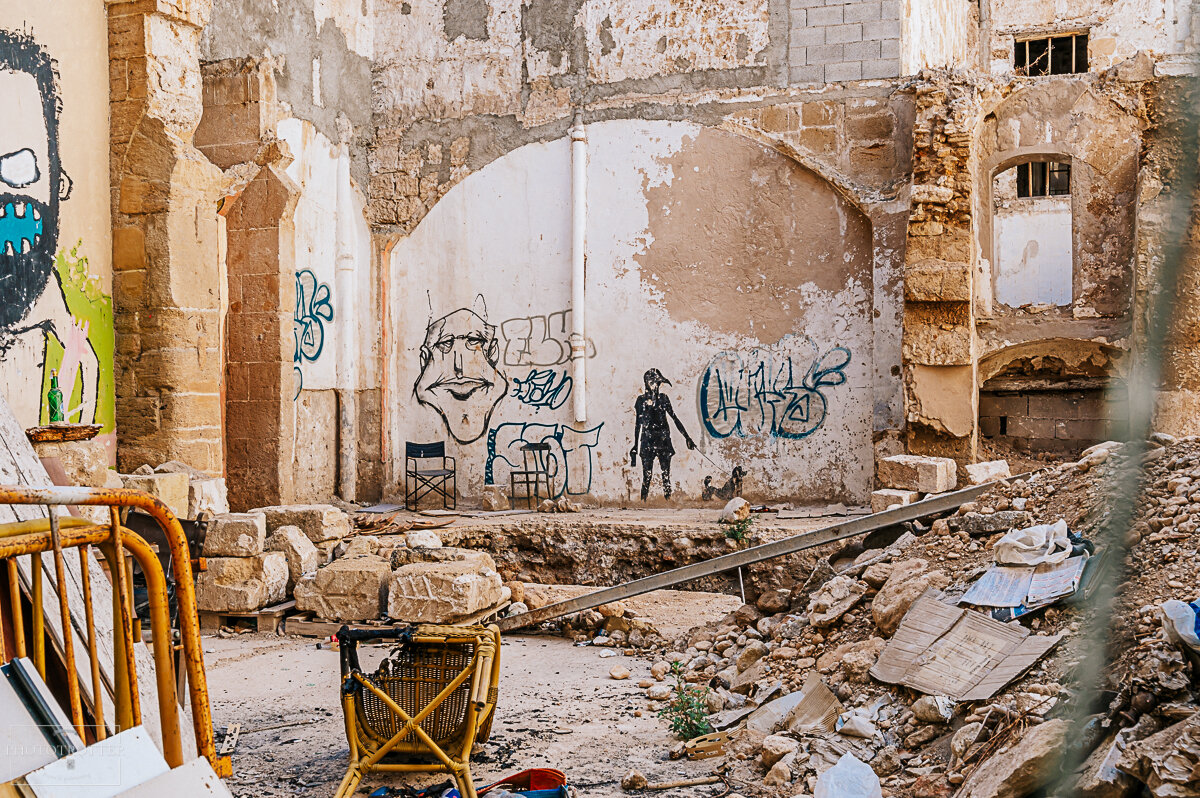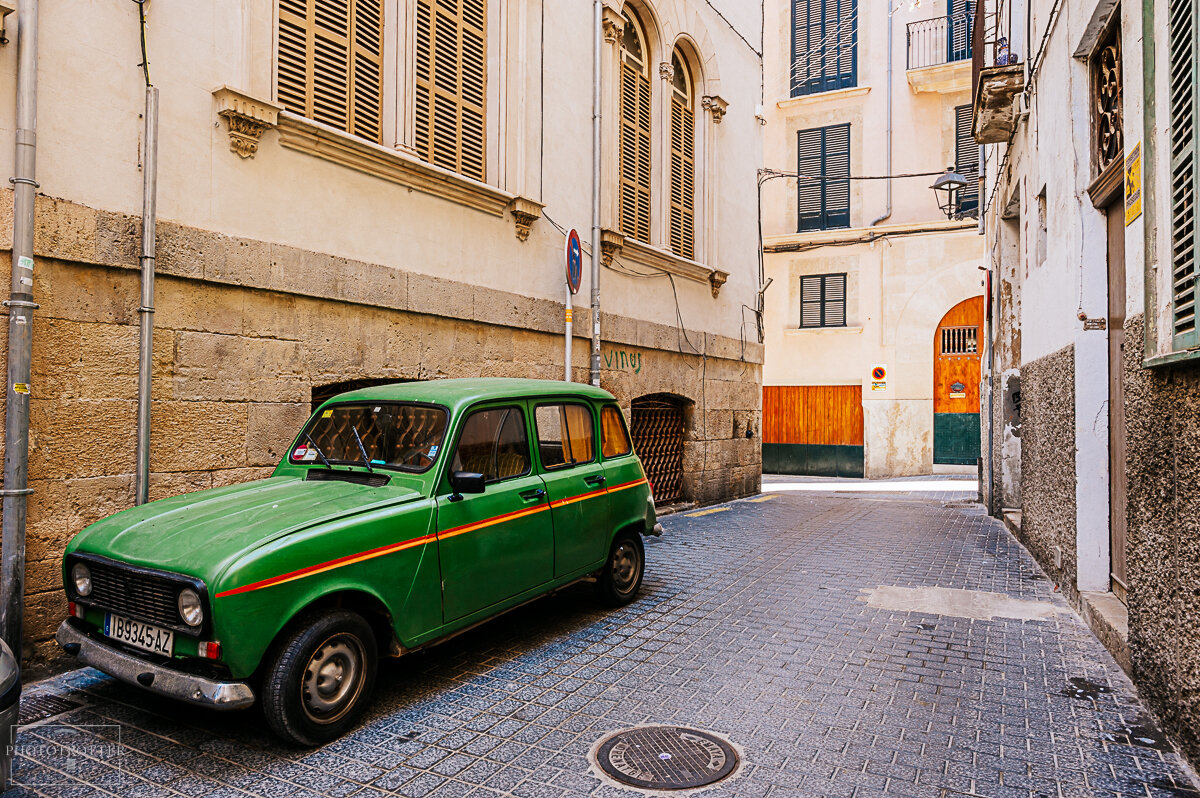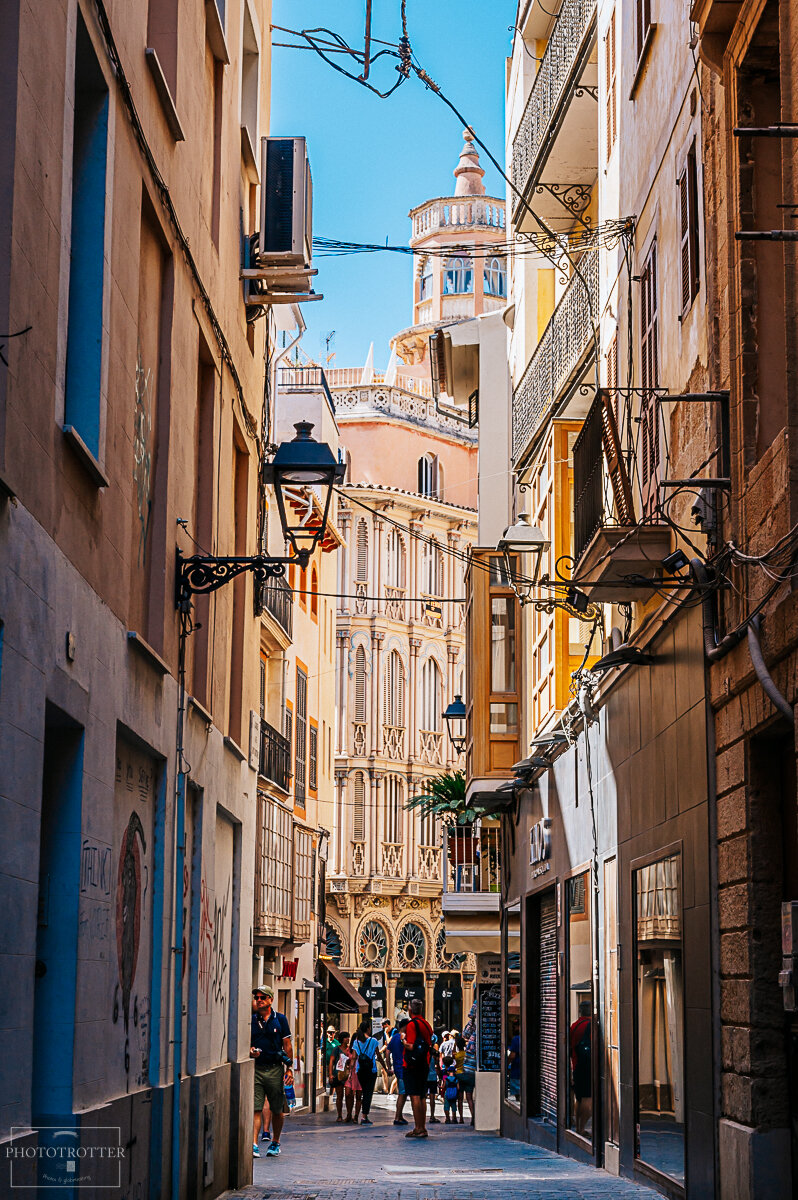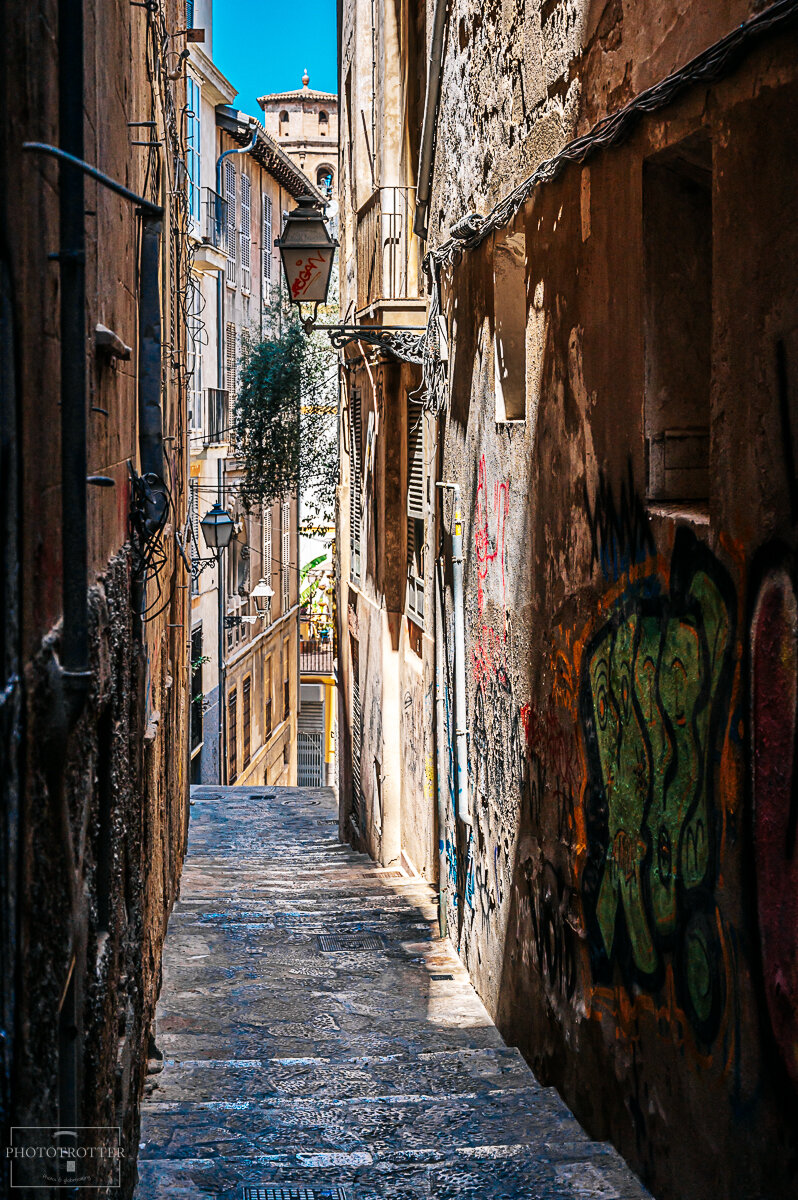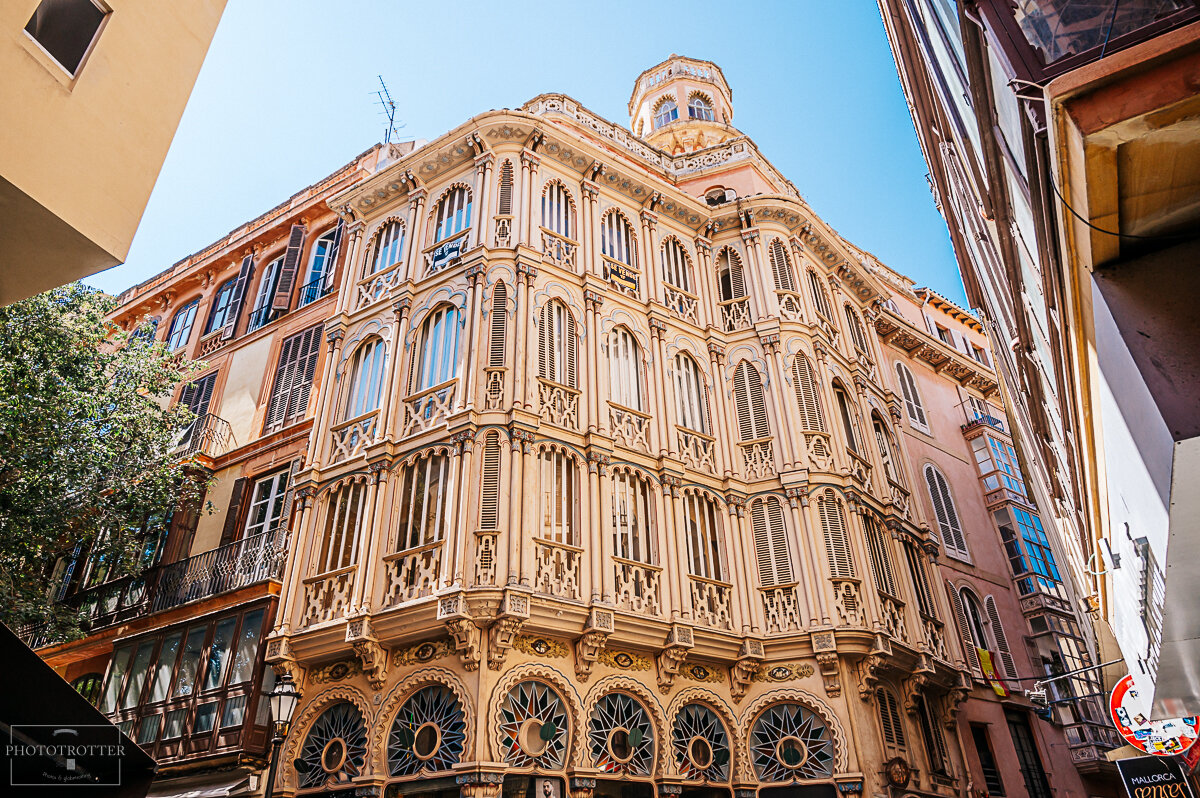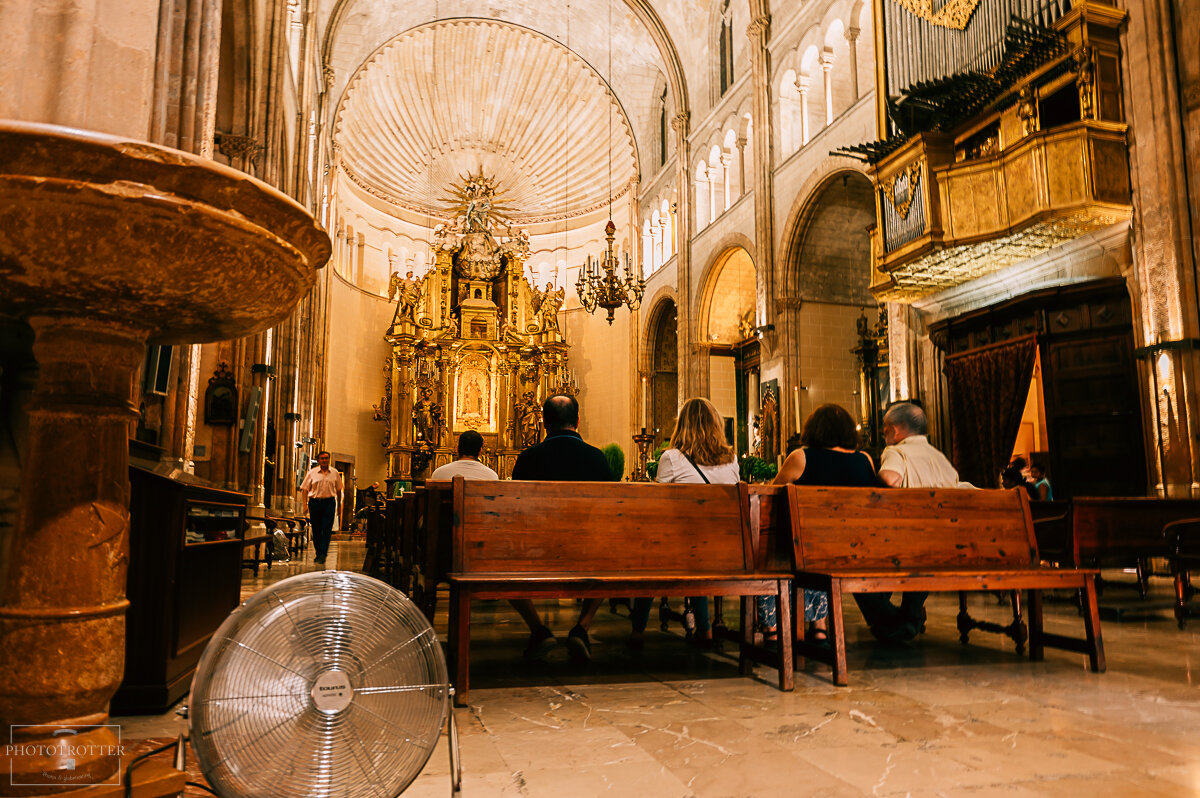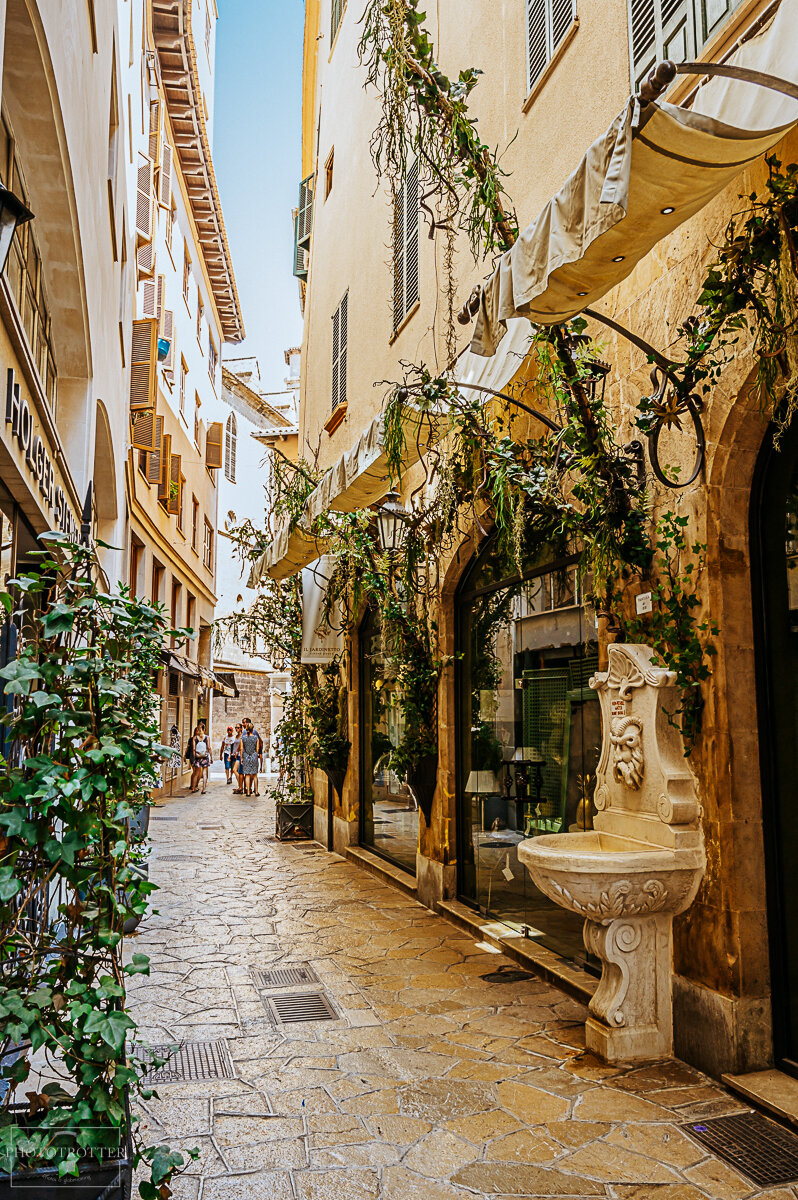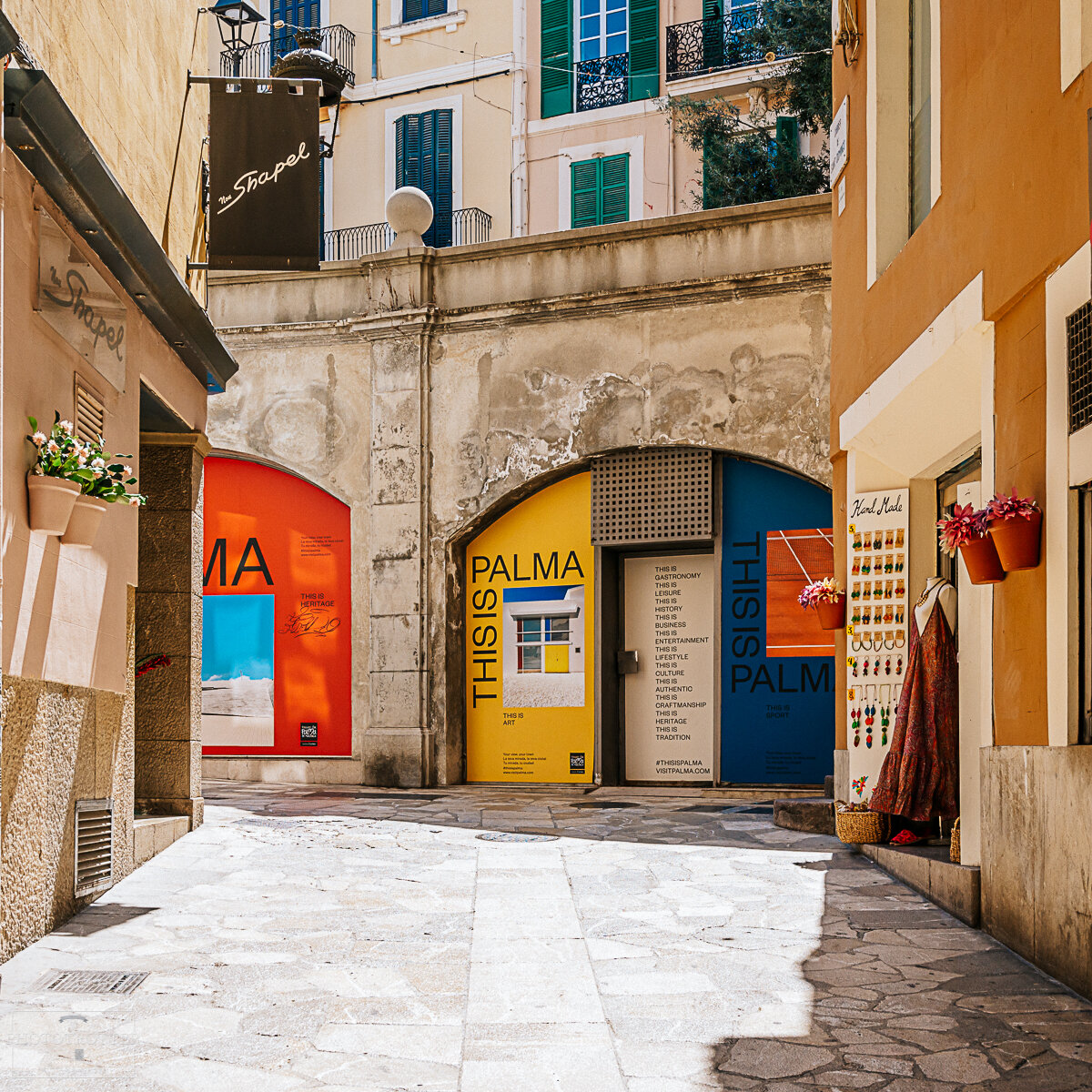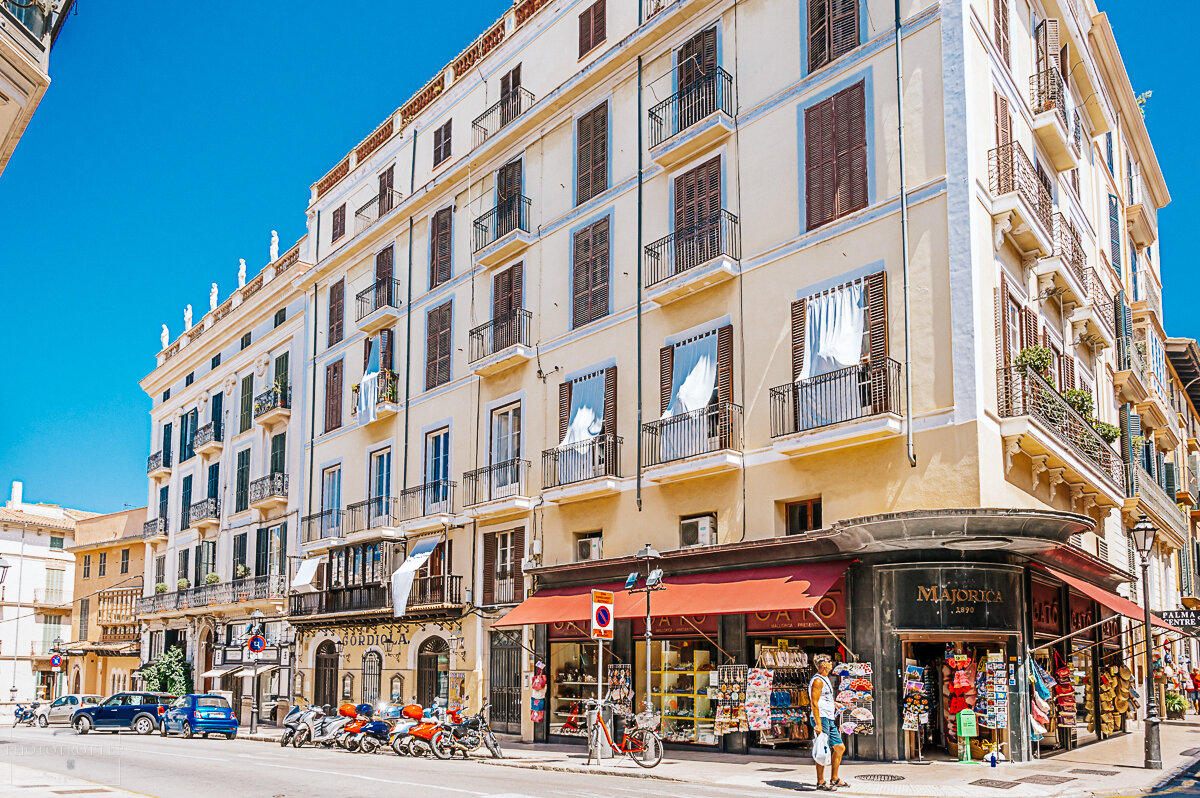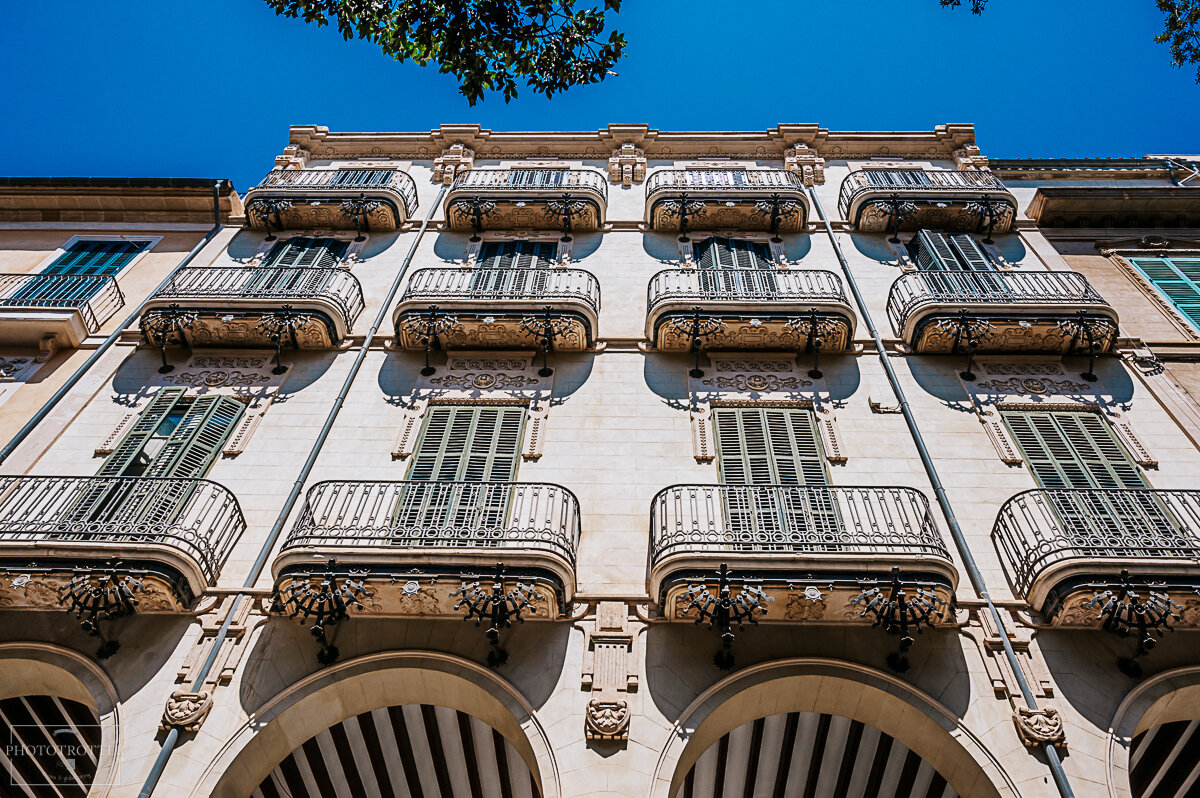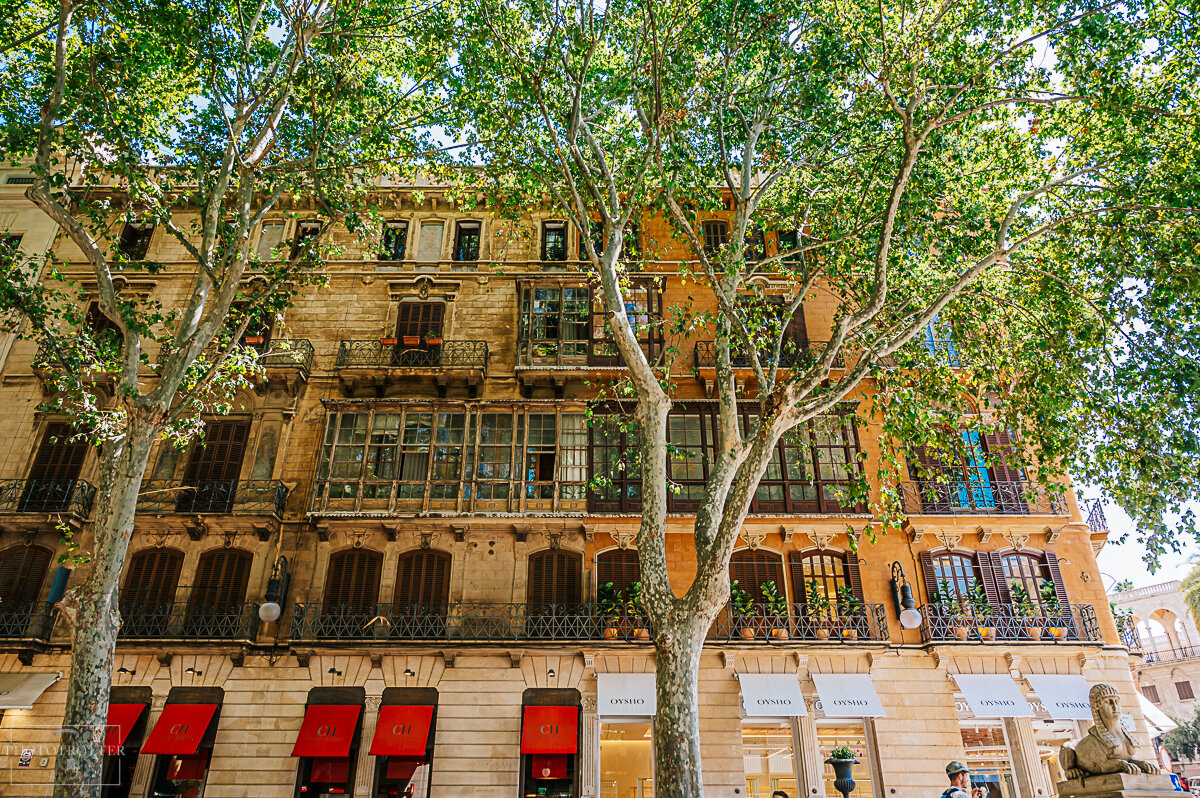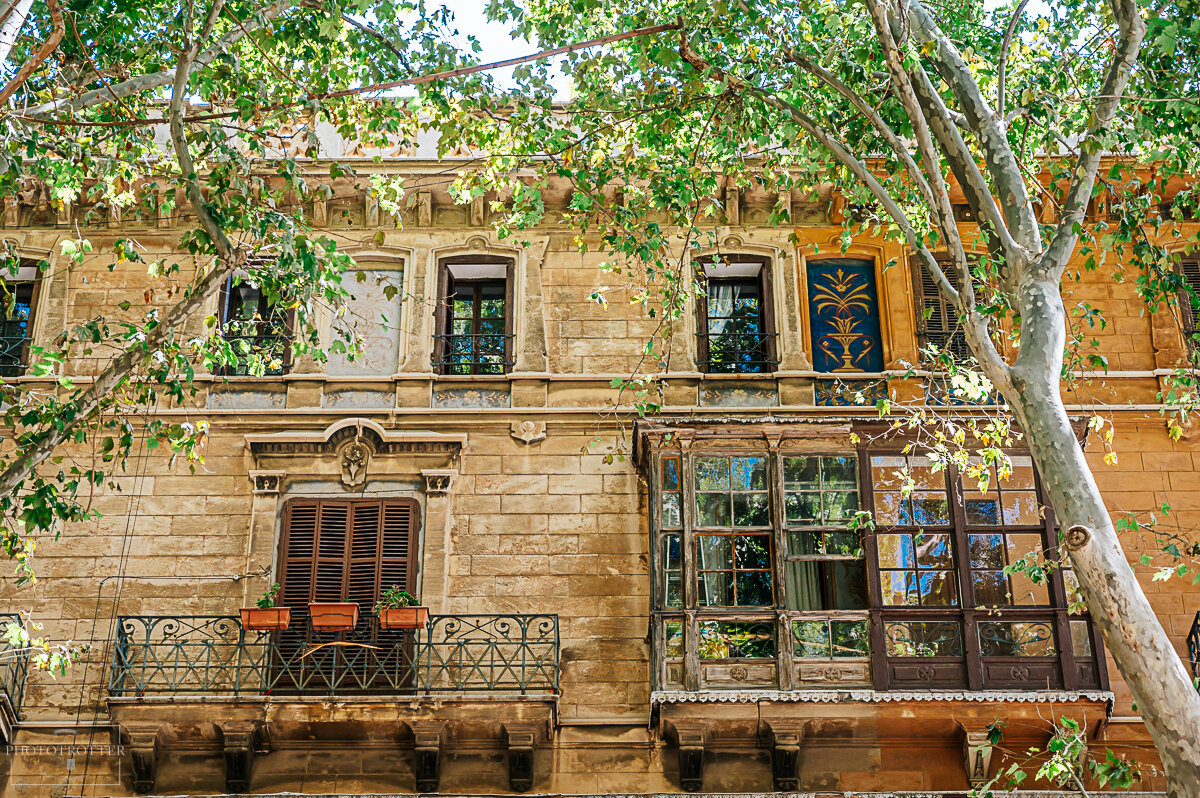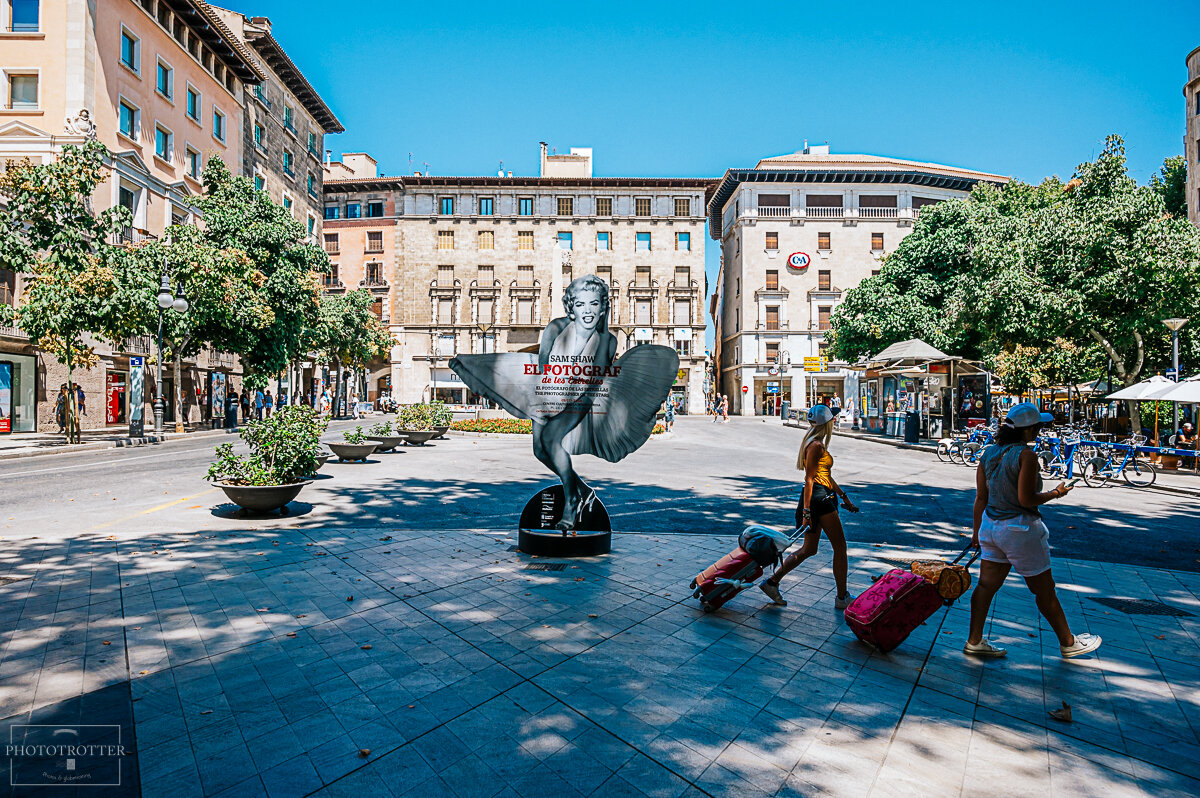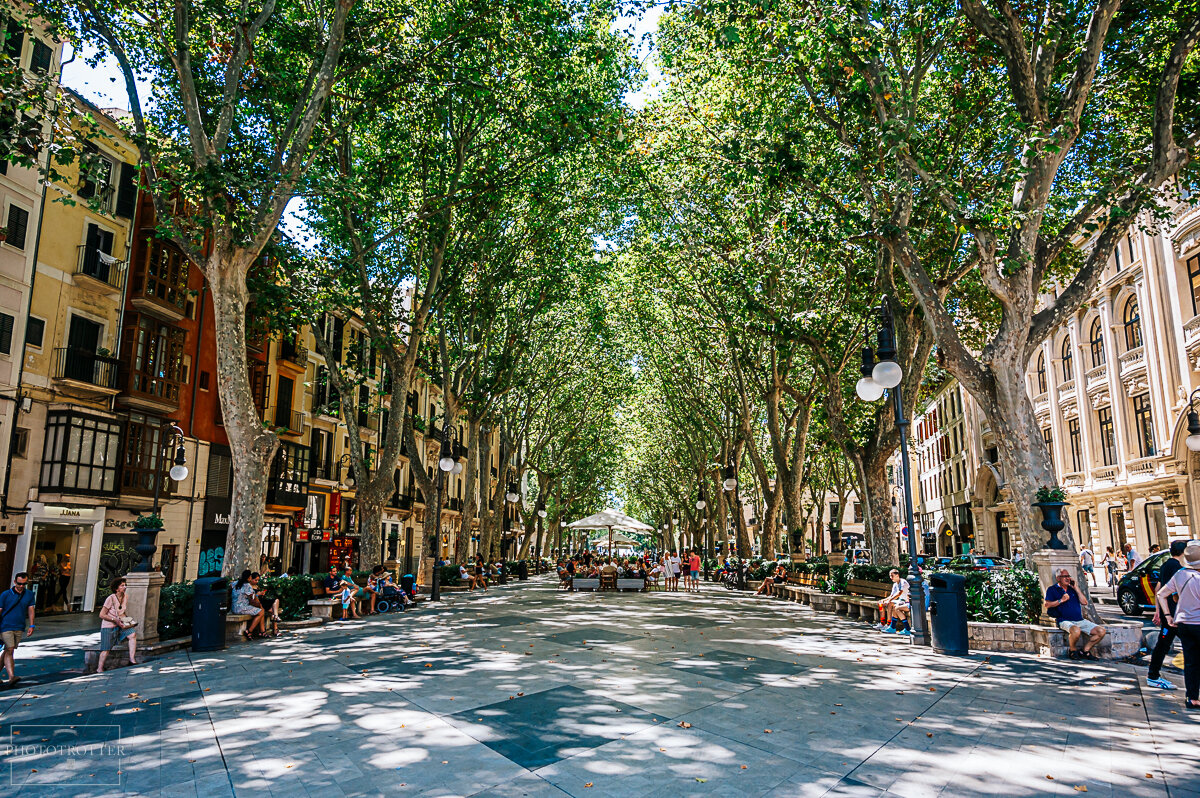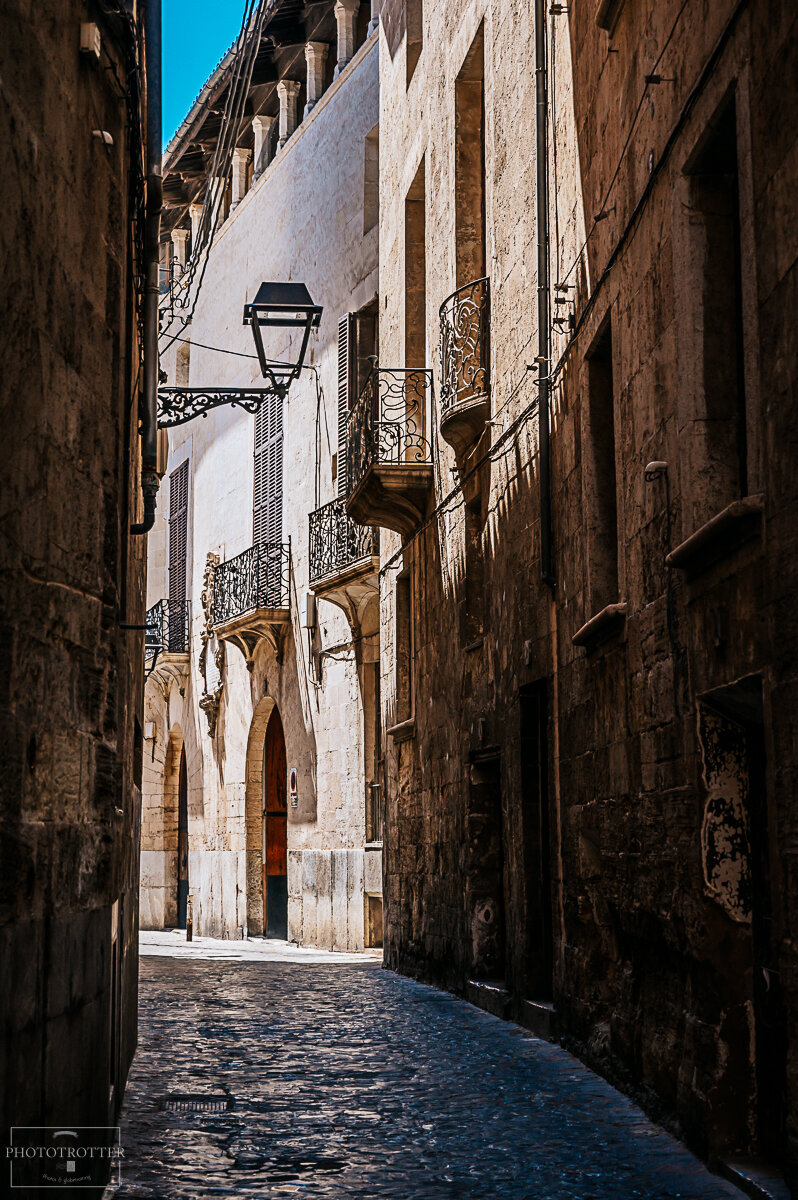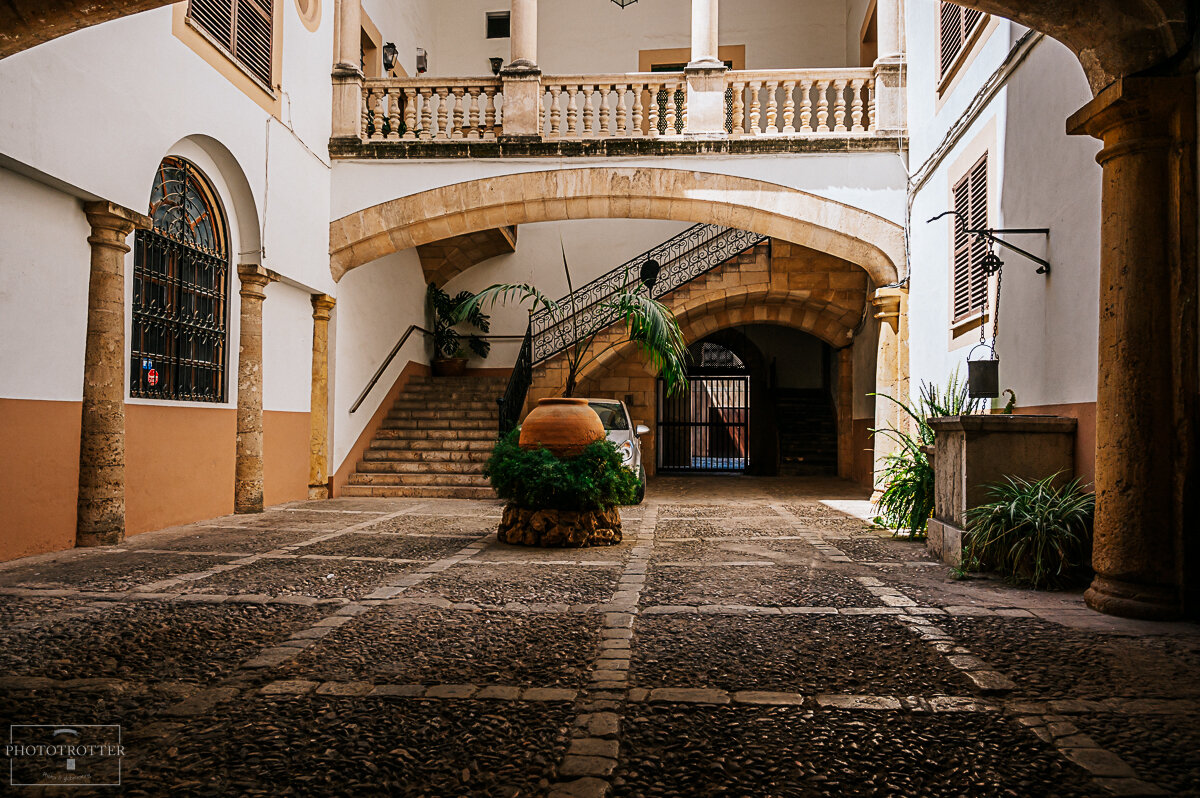A day in Palma de Mallorca (Spain)
When you go to Mallorca, don’t just hop off the plane into a rental car and drive to a clubbing resort or to the most remote secluded beach (the secluded part might be wishful thinking, depending on the season). Make sure you save some time for a day in Palma de Mallorca. It’s a beautiful city, even if you see it at 35°C / 95°F, like we did.
Palma Cathedral
The most emblematic building of the city, which you’ll spot from afar if you walk down the seafront, if you approach the city by means of cruise ship or even from your airplane as it circles the bay, is the Cathedral of Santa Maria de Palma or simply La Seu.
It is one of the tallest Gothic cathedrals (44m tall and 121m long) and it was built on a former Roman fortress, on top of a former Moorish mosque by James I of Aragon, the triumphant victor in the Al-Mayūrqa crusade. Mallorca may have been the original Roman name for the big / maior island of the Baleares, as opposed to the smaller Menorca, but in the 13th century it had already been made part of the big Iberic Caliphate of Cordoba and had been under Islamic rule for several centuries. The 21-year old Jaume I de Arago had vowed to build a wondrous cathedral in gratitude for his victory against the Moors (driven away from the island during his crusades), so he made sure that his appreciation would be monumental.
Art Nouveau in Palma de Mallorca
After the Gothic show put on by the cathedral, your eyes will be quickly assuaged by the parade or art nouveau Cans. As in “houses of” (ca en, in Catalan), not tins. Usually named after their architect or after their original purpose, they are exquisite instances of Catalan “Modernisme” (not to be mistaken for modernism, which is a recent horse of another colour).
And the city is full of them.
The Gran Hotel in Plaça Weyler, now a cultural center. One of the first buildings to start the art nouveau wave in Palma, creation of architect Lluís Domènech i Montaner, 1901.
Across the street, Forn del Teatre, 1916.
Can Corbella, Neo-Mudéjar style (Moorish revival). Now the ground floor is occupied by a Real Madrid merchandise store, but there used to be an apothecary called Drogueria Corbella and the name stuck.
Twin buildings at Plaça del Mercat, Can Casasayas y Menorquina, influenced by Gaudí's Casa Batlló in Barcelona.
C’an Rei or Can Forteza Rey, house of Lluis Forteza Rey (the architect). Next to it, to the right, it’s L’ Águila.
The thin Casa de les Mitges, the house of socks, probably because the ground floor used to be a haberdashery.
While hunting for the art nouveau gems, check out the rest of the city. Plaça Major, for example, is swarming with street commerce, local arts, crafts, souvenirs…
… and the ever present manteros, as they are called in Spain, moniker deriving from mantas, the blankets on which they sell the pirated designer goods.
Parc de la Mar and Paseo Maritimo, right below the cathedral.
Palma de Mallorca Town Hall, late 17th century
The bench on its length used to be called the lazy bench, banc de sinofós. Si no fó means “if it weren’t for” and it was the lazy people’s excuse when they were offered jobs: “if it wasn’t for my [insert ailment here], I would work“.
Las Ramblas de Palma de Mallorca
A rambla is literally “(dry) riverbed“, but also road leading to the sea. You can find them in many Spanish cities, usually shaded by plane trees, bustling with life, commerce and tourists. The most famous is La Rambla in Barcelona.
Although not as famous, nor as flamboyant, Palma has actually two little Ramblas. None of them leads to the sea now, but until the 17th century there used to be a river across town, whose bed was diverted because of the flood damages. These Ramblas are a reminder of its original course.
La Rambla proper:
La Rambla Passeig des Born:
The Patios
Fun fact: the word paradise originally meant round wall, enclosure, and it evolved into signifying interior garden, which was typical of the old Persian civilization. The Greeks readily borrowed the cool shady inner yards, and then the paradise garden spread to the Roman area of influence and developed into the classic peristyle. The Muslim invasion in the late first millennium brought a new wave of islamic architecture which, especially in Iberia, lead to the development of the typical Andalusian gardens and the Spanish patios. And you can see so many of those in Palma too! Some are included in tours, some are part of hotels and museums.
The fun thing is, when you walk through the deep narrow streets of the Spanish old towns, you’d never guess what lush garden might be just a bolted gate away.
Patios, so many patios.
The beaches
You didn’t think we’d leave out the beaches, did you? While it might be a tad difficult to bathe right in Palma, because the seafront is occupied by the marina, if you go east, on a walk along Paseo Maritimo, you will reach the straight Platja de Can Pere Antoni.
And from there on the strand continues along the bay with the ever quieter beaches of Portitxol, Molinar and Jardi. If you reach Arenal, you might’ve gone too far. That’s bat country, to quote the Duke.
Another bat country (read: heavy clubbing zone) can be found in the western part of the bay, way past the posh ses Illetes. Follow the techno and house music until you see the Magaluf signs. Or until you slip / sleep in a beer puddle.
There’s more to Palma than what we’re showing here. For a full day in Palma de Mallorca check out its official tourism website and plan your next trip to Mallorca accordingly.
Check out the slideshow below for many more photos from Palma de Mallorca.
Or just hit the photo gallery and see them larger.

